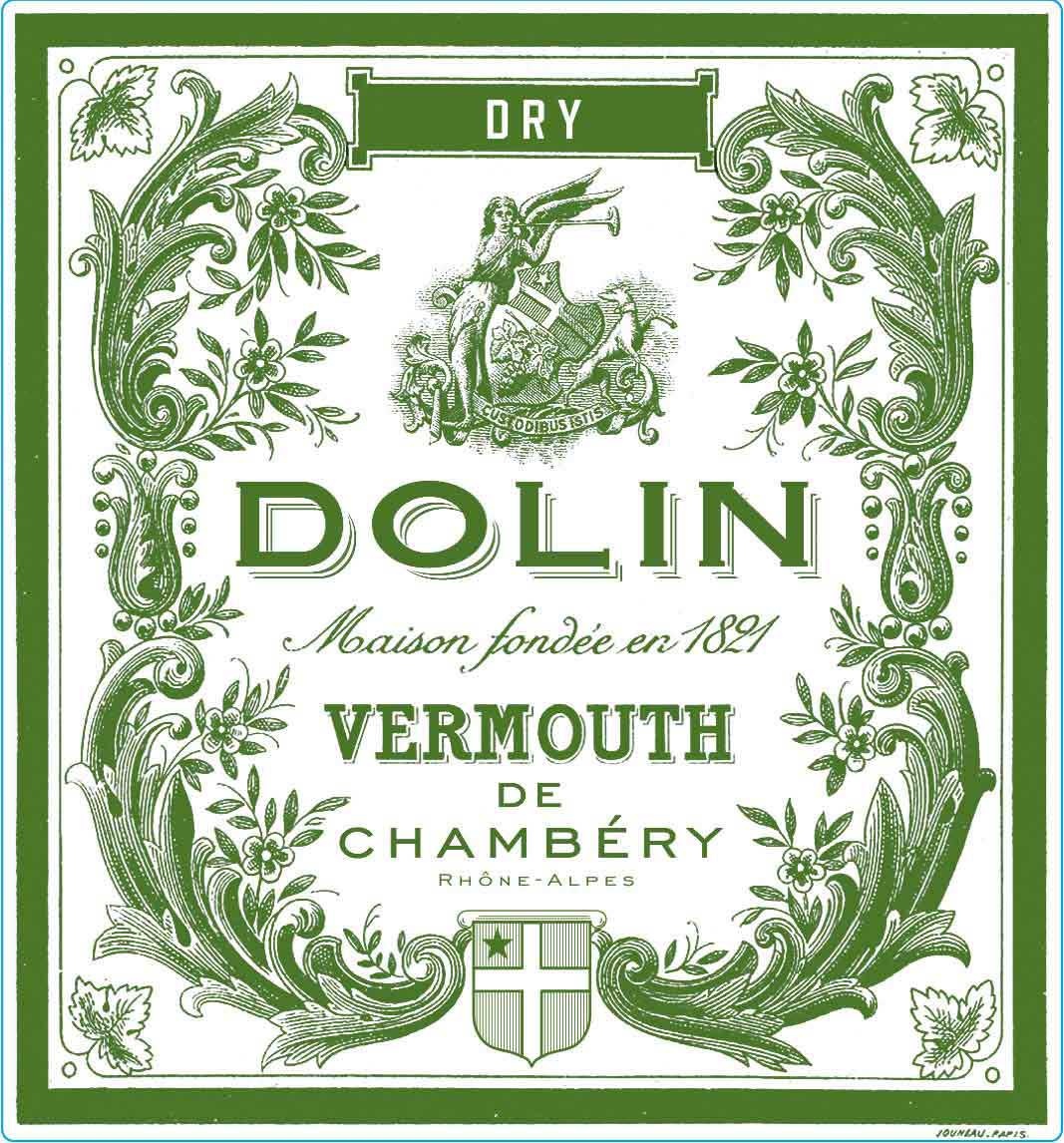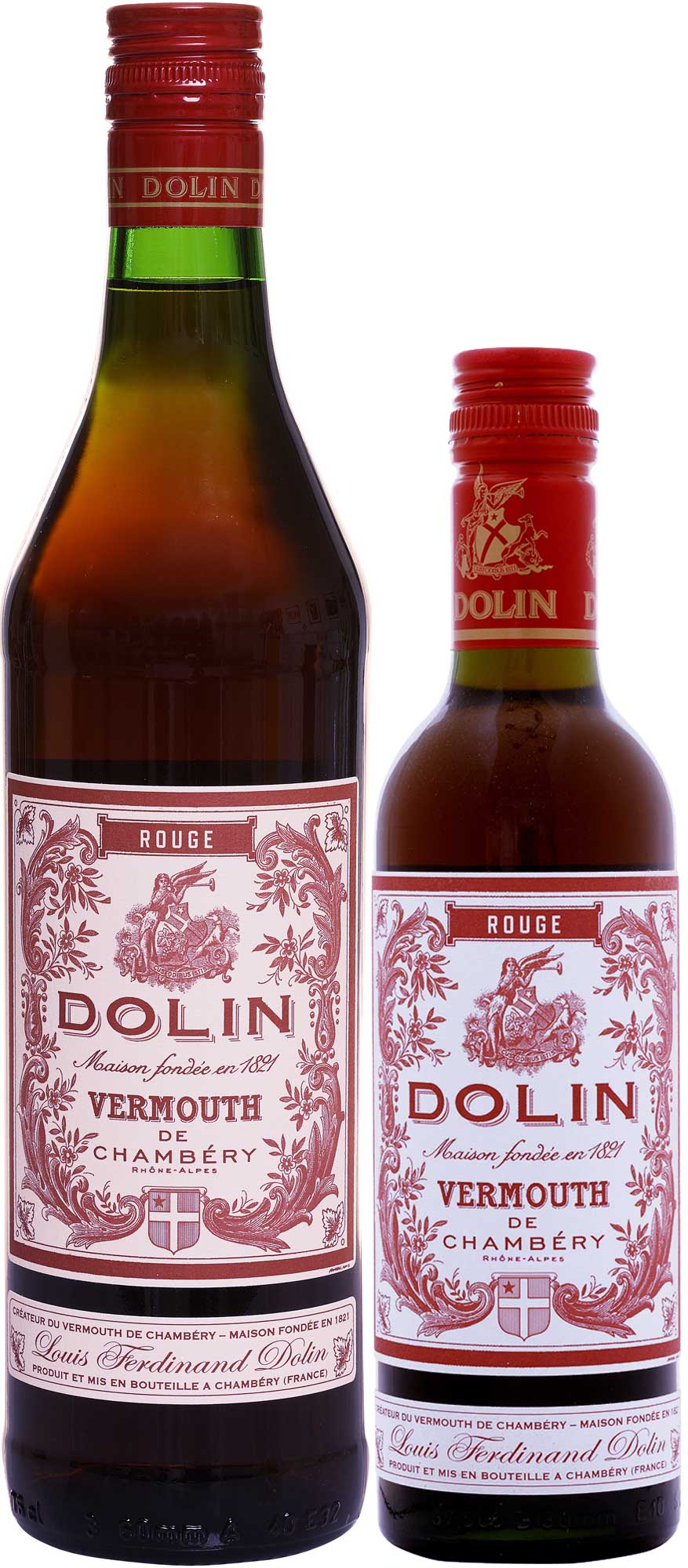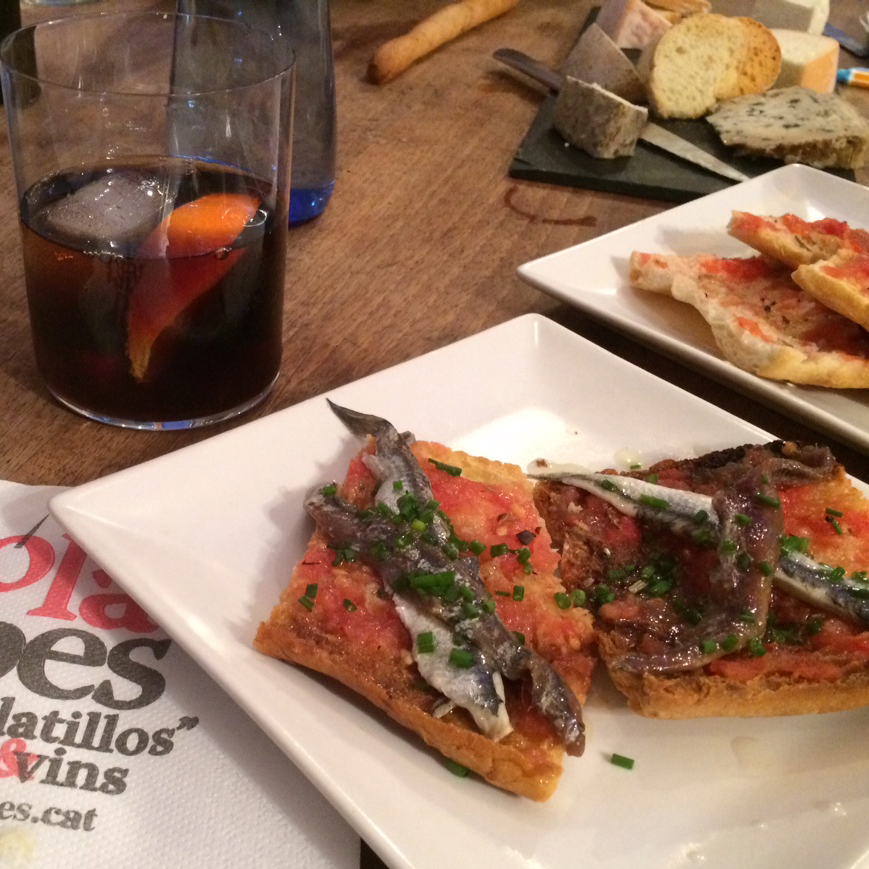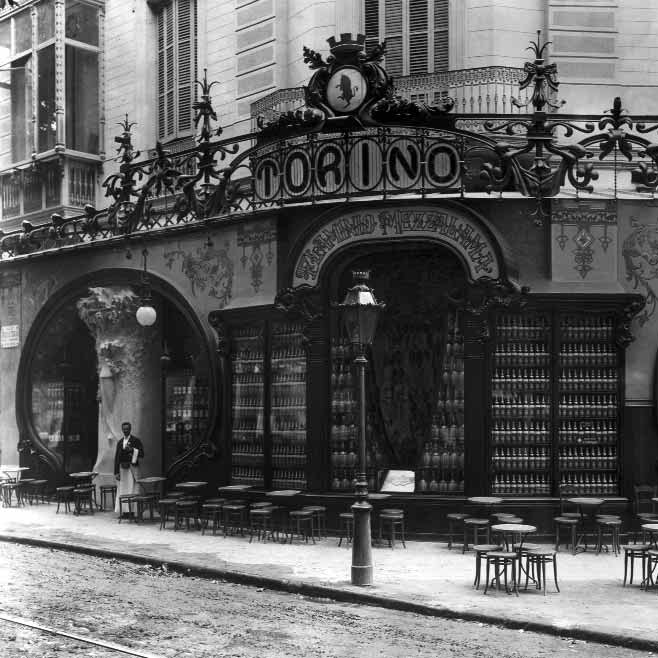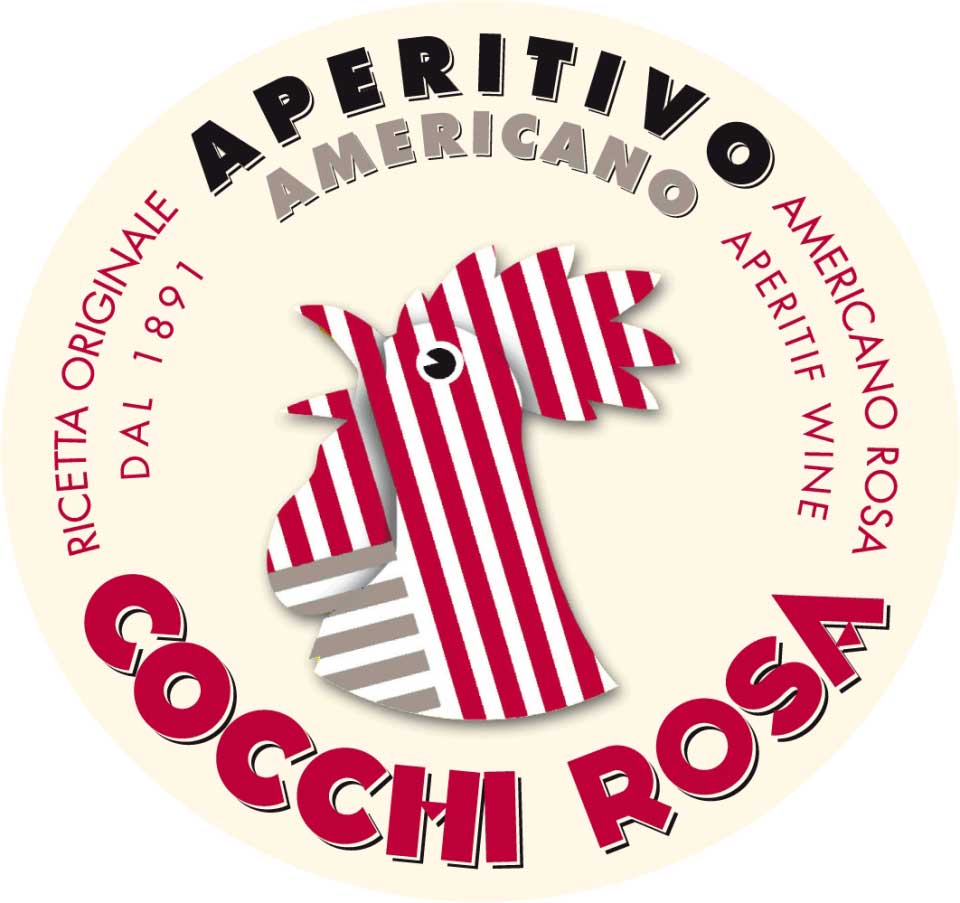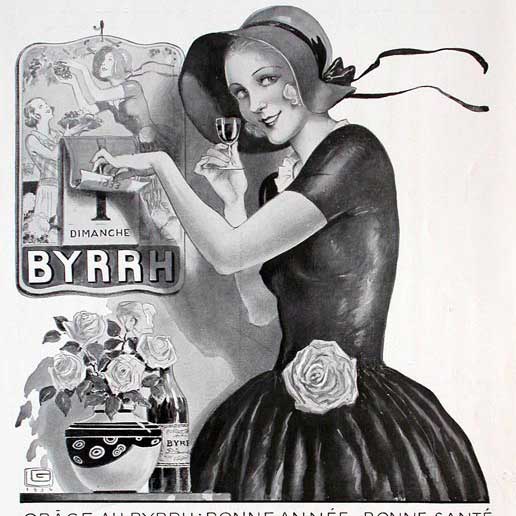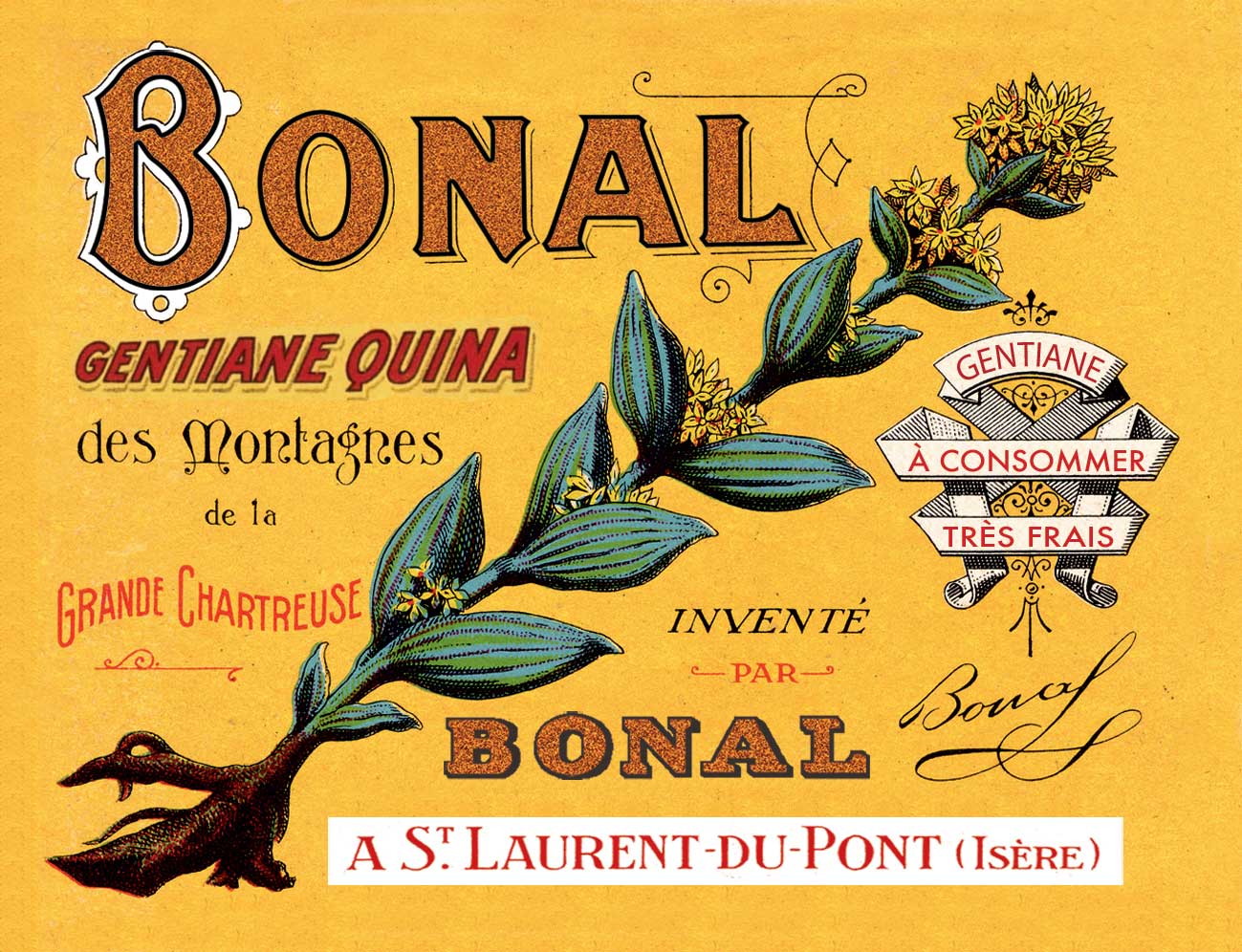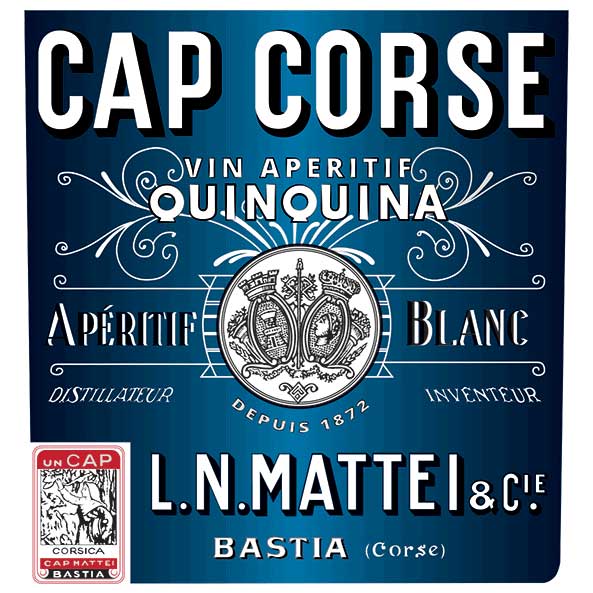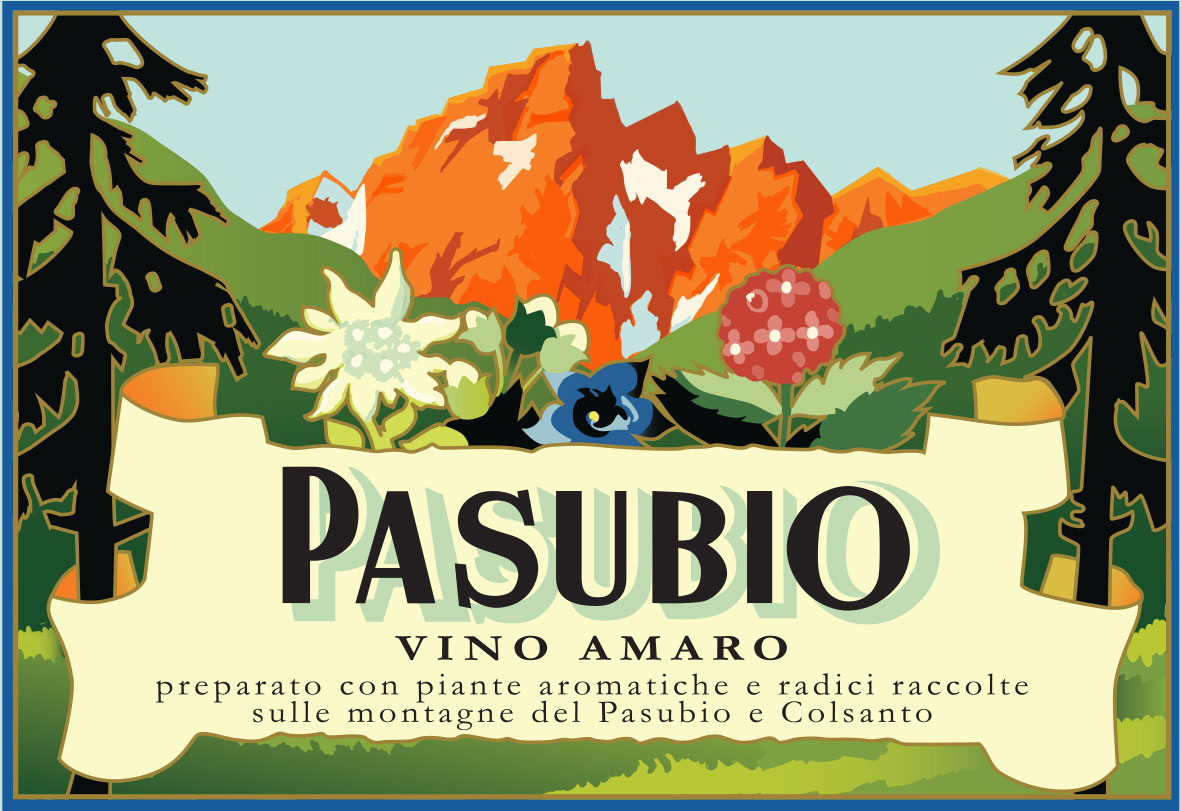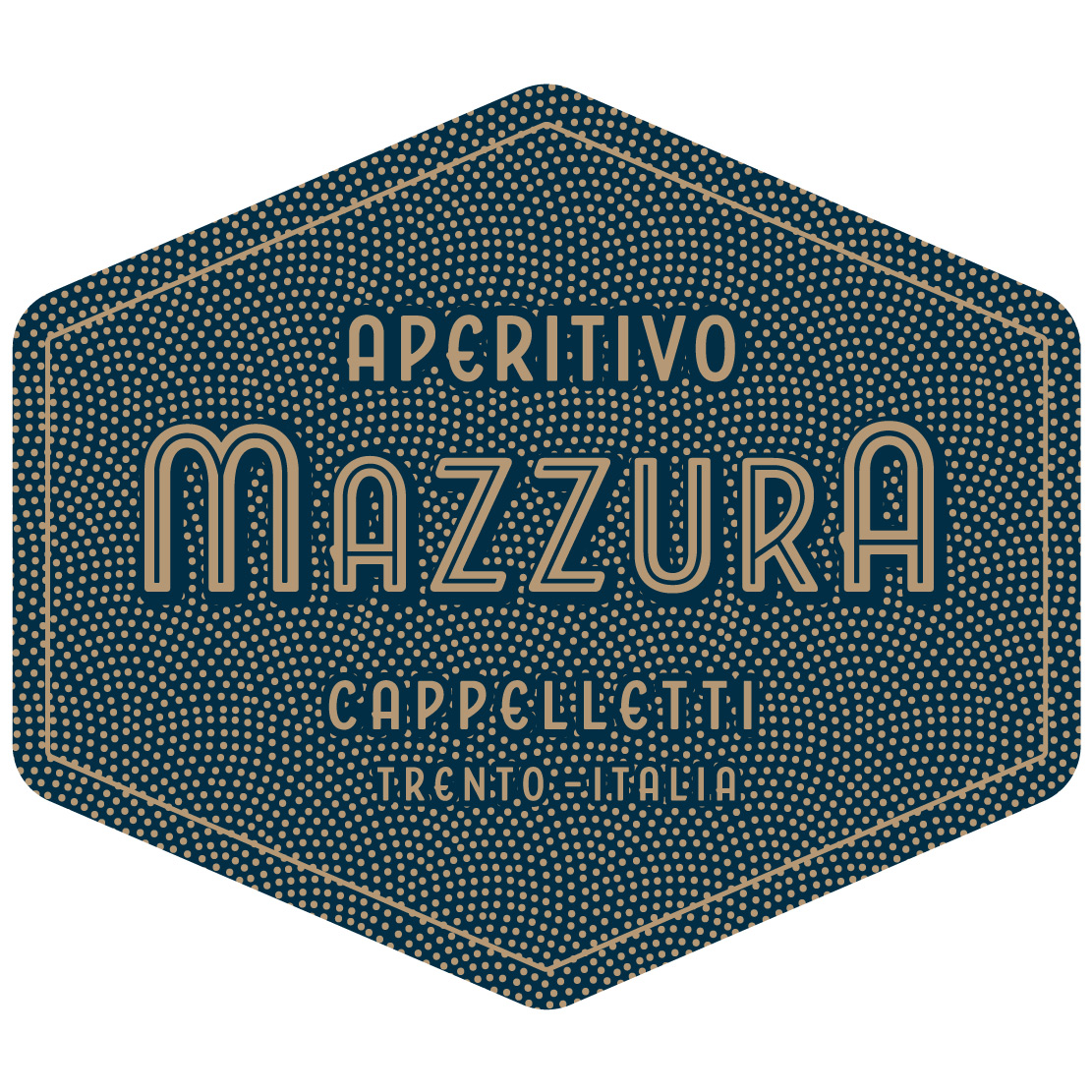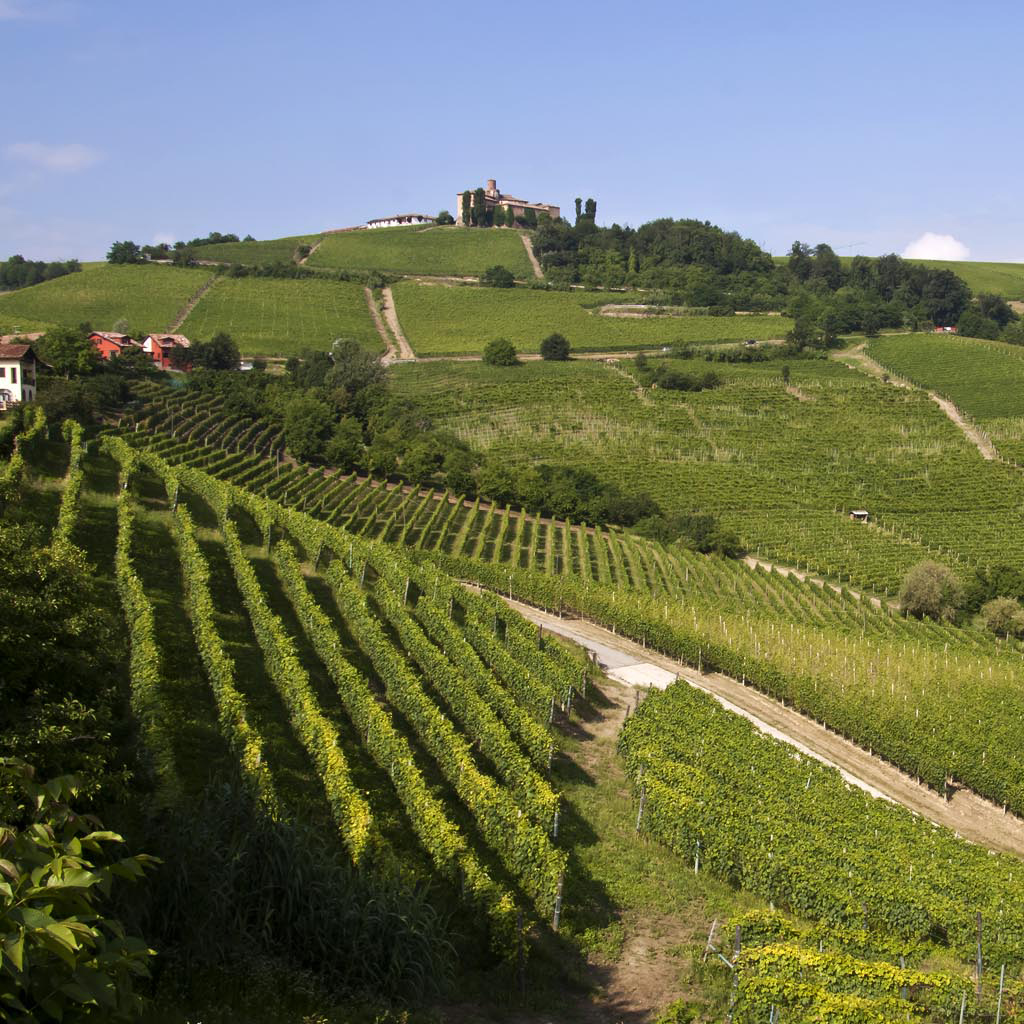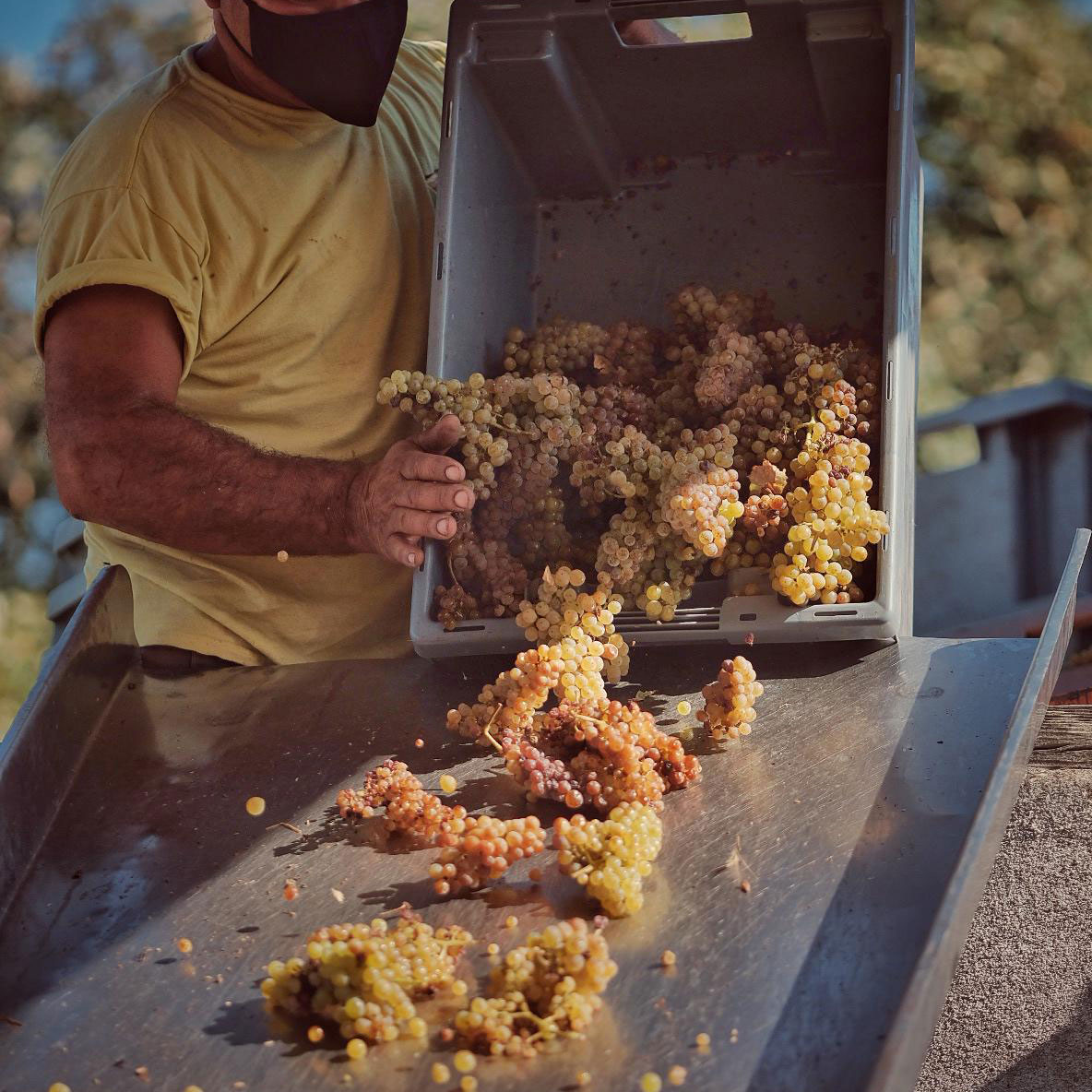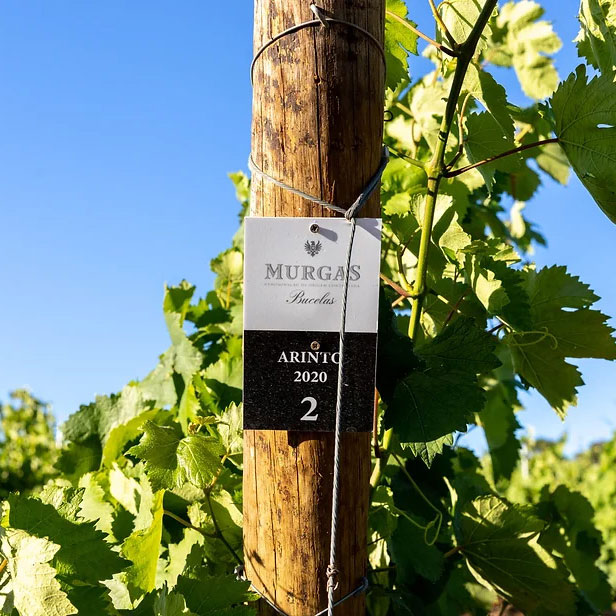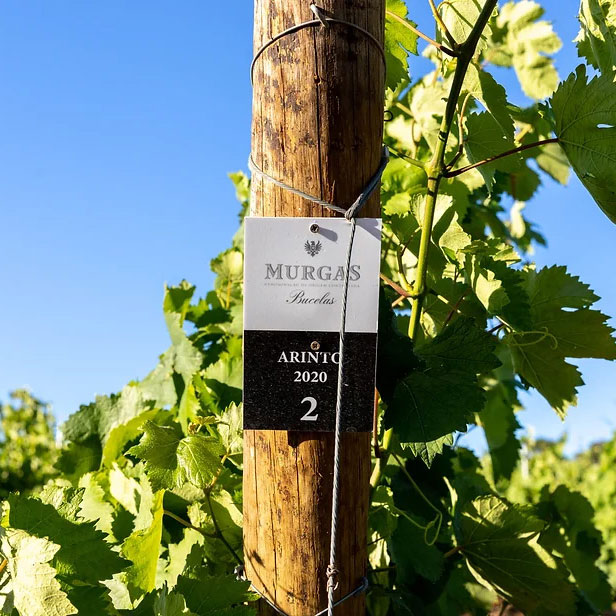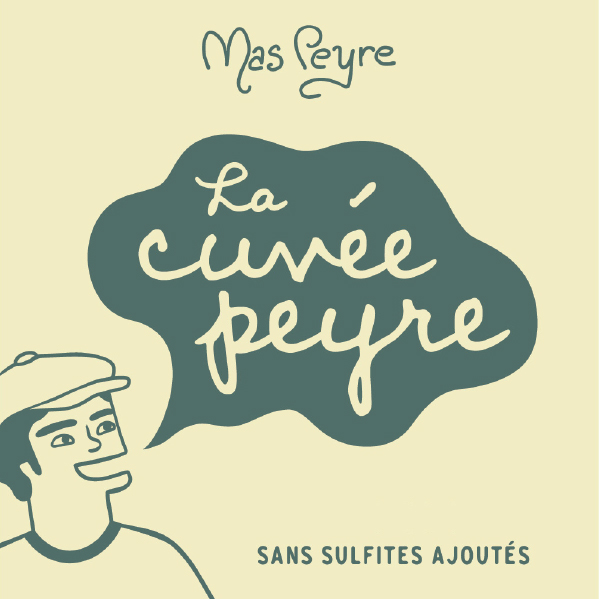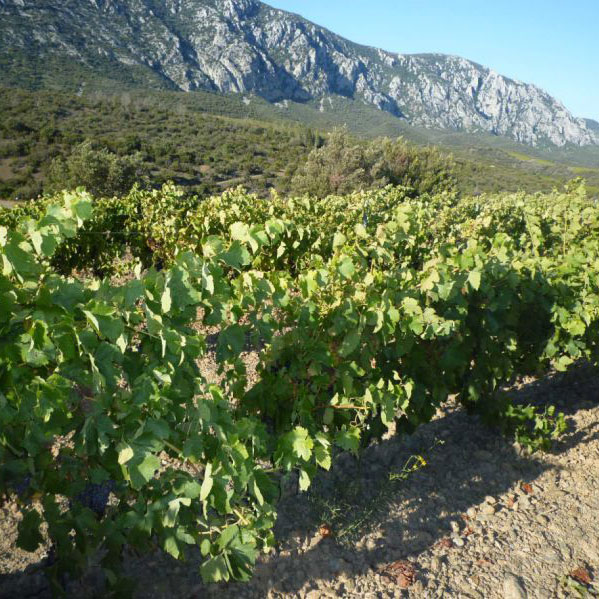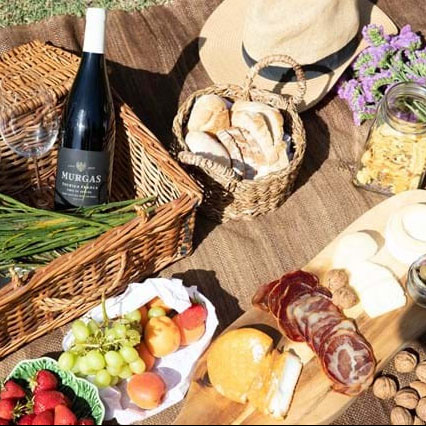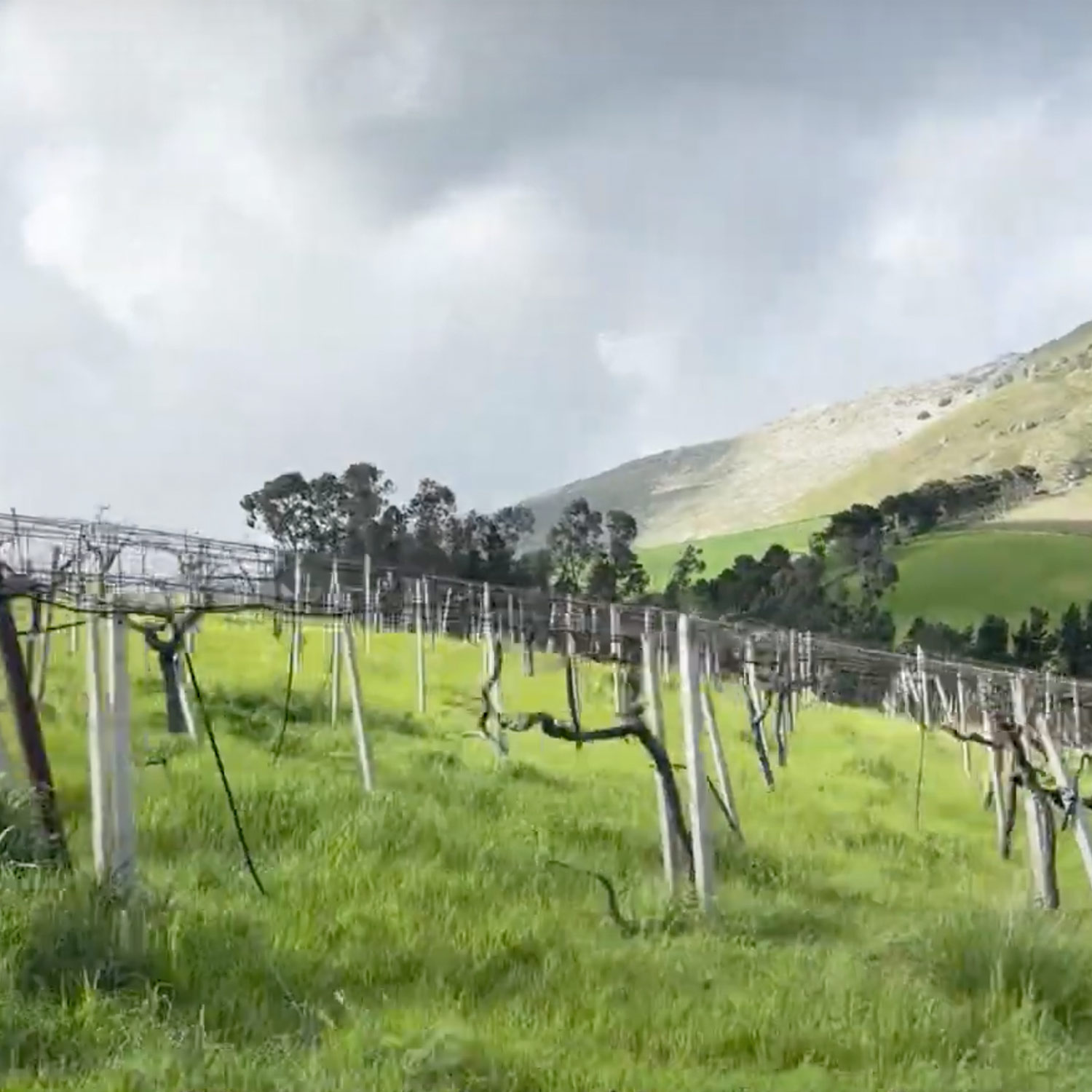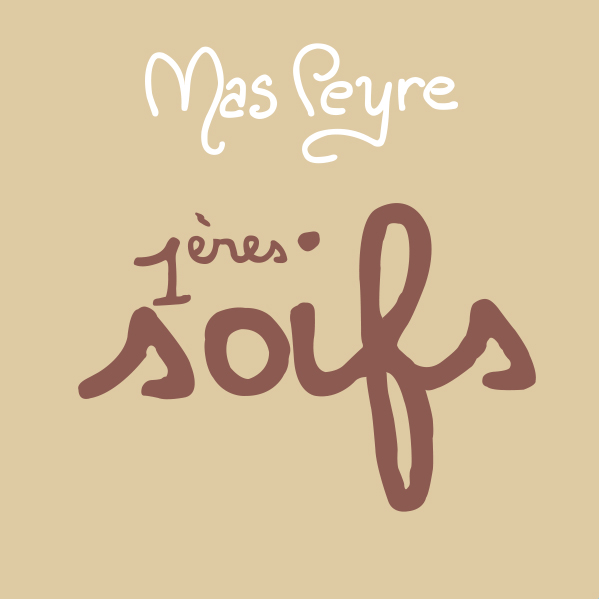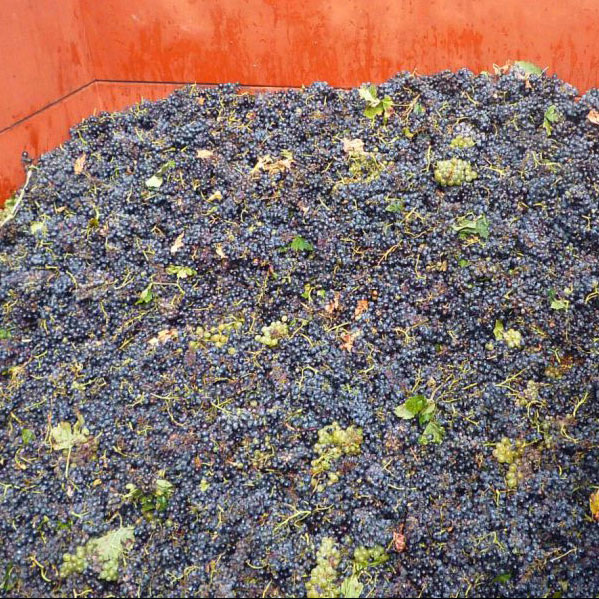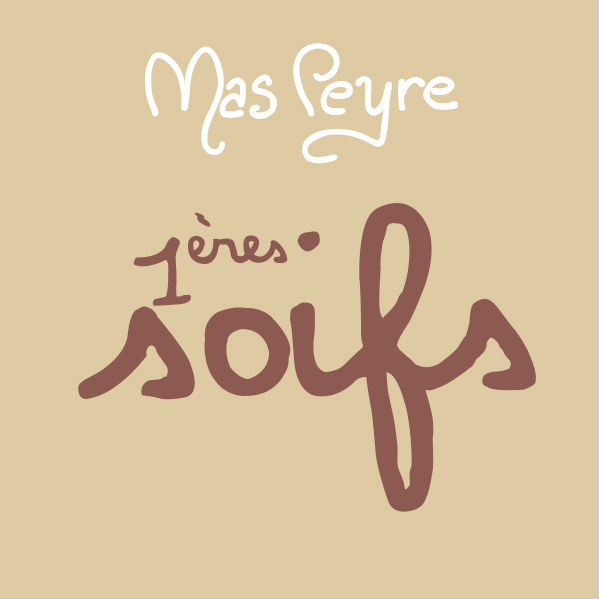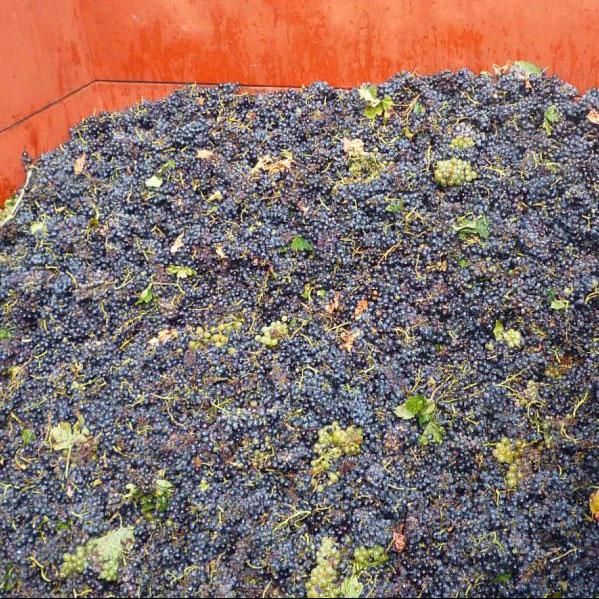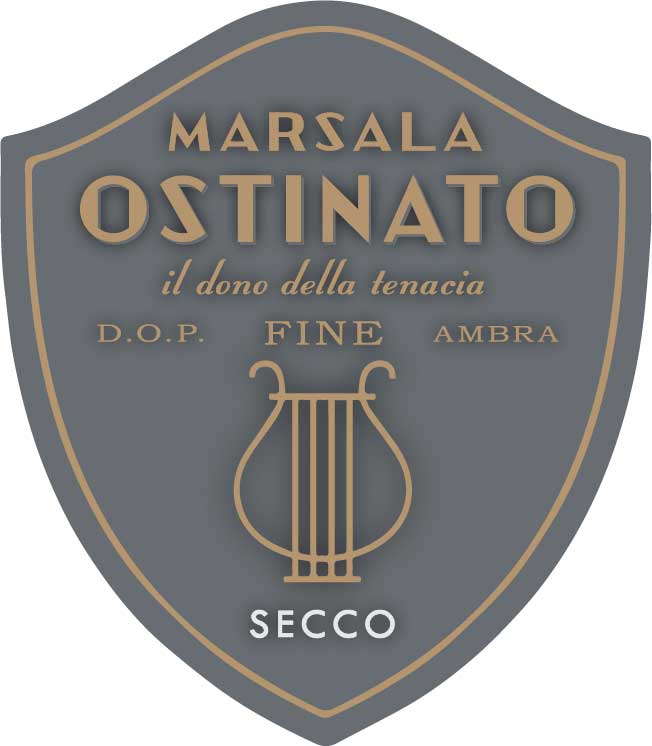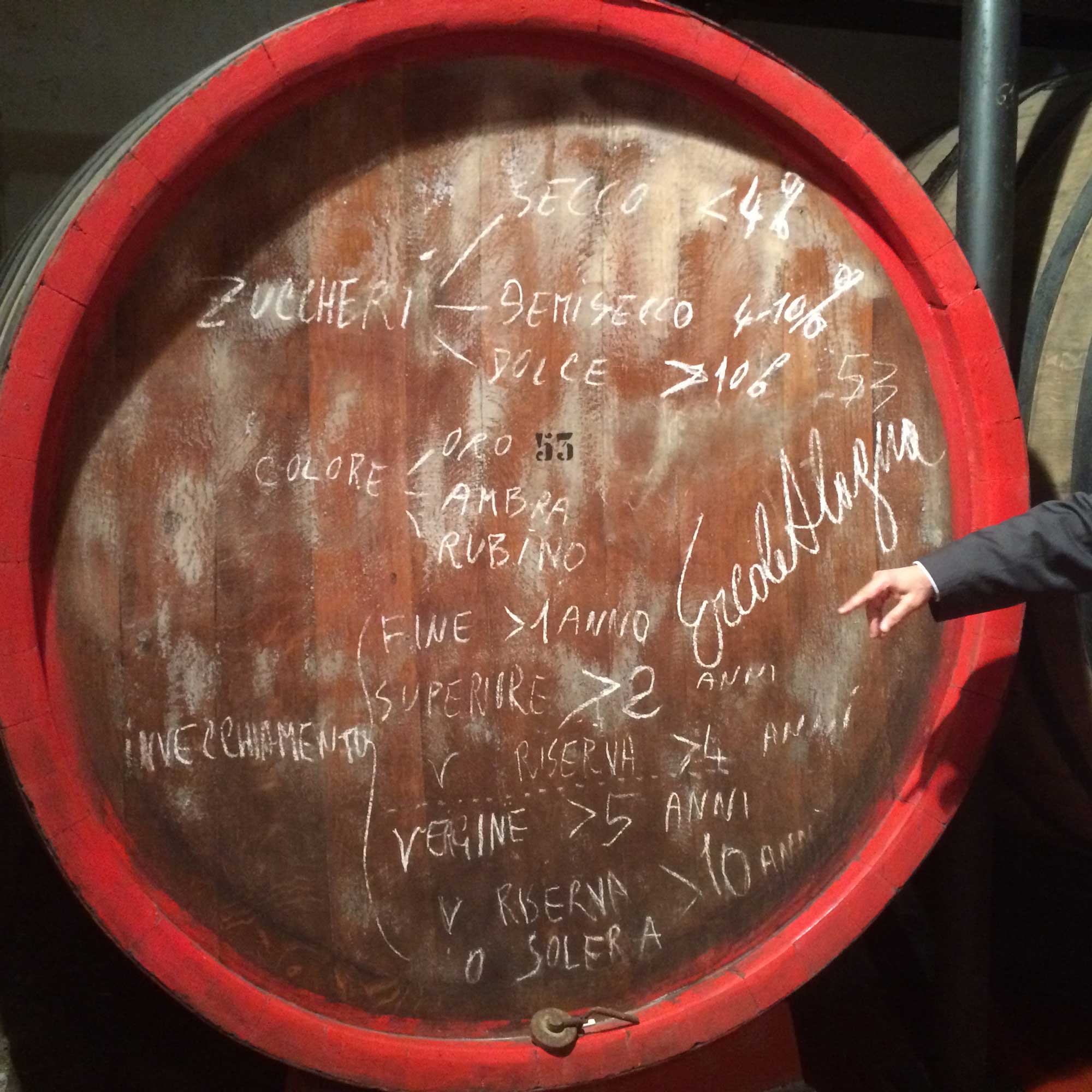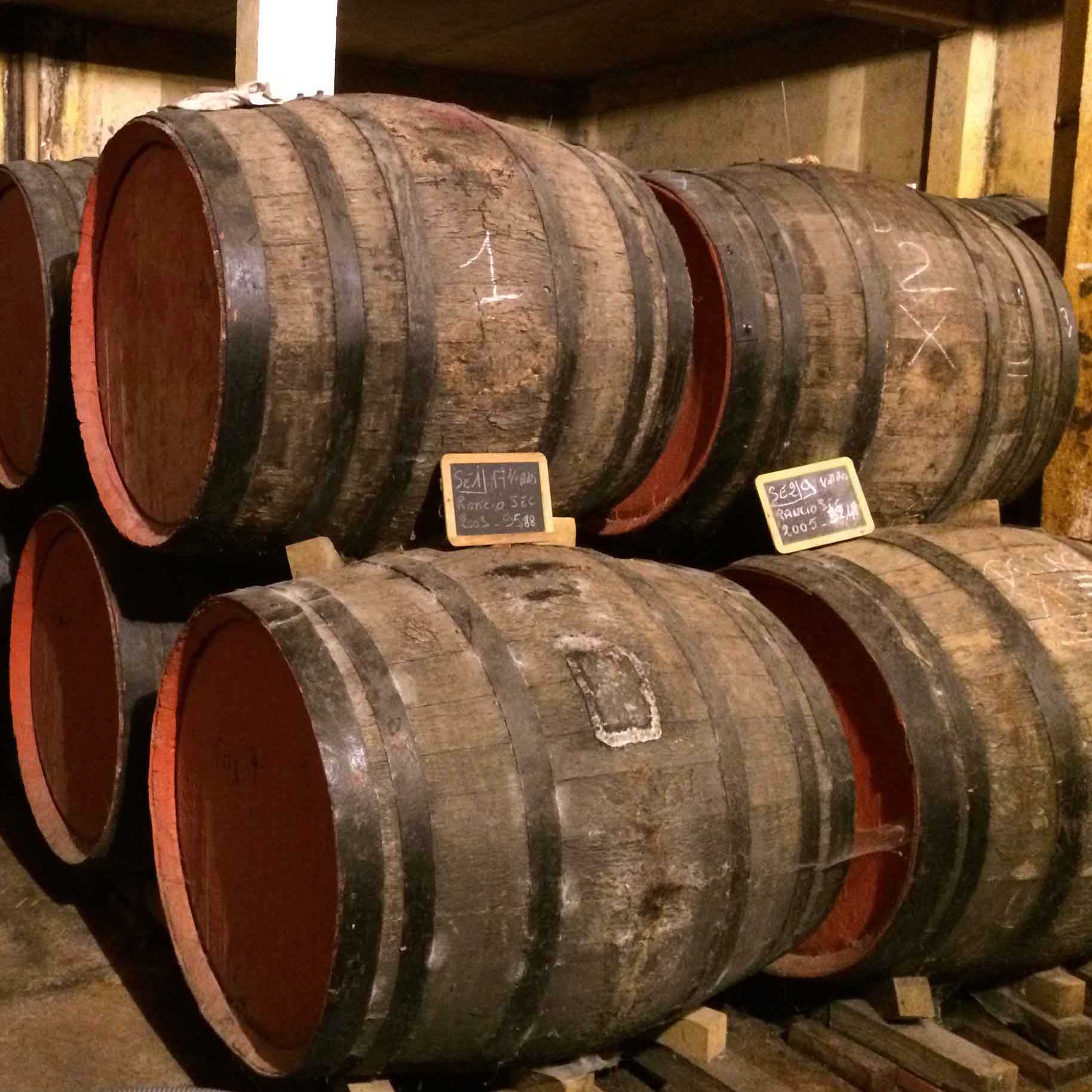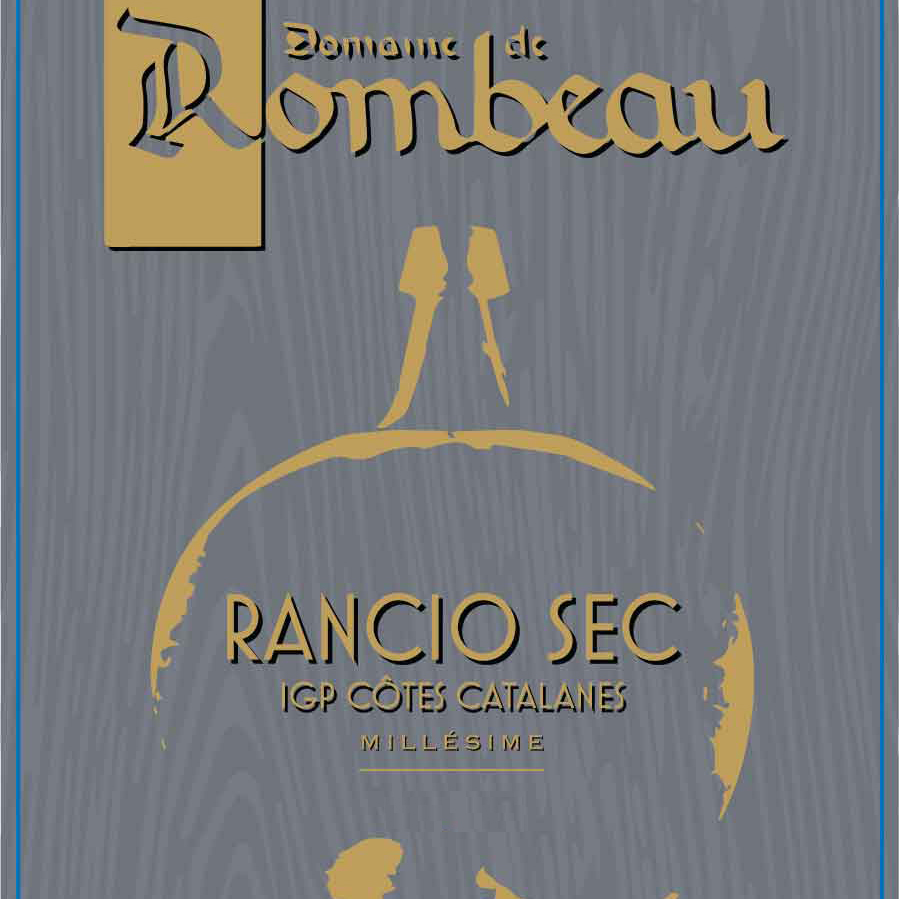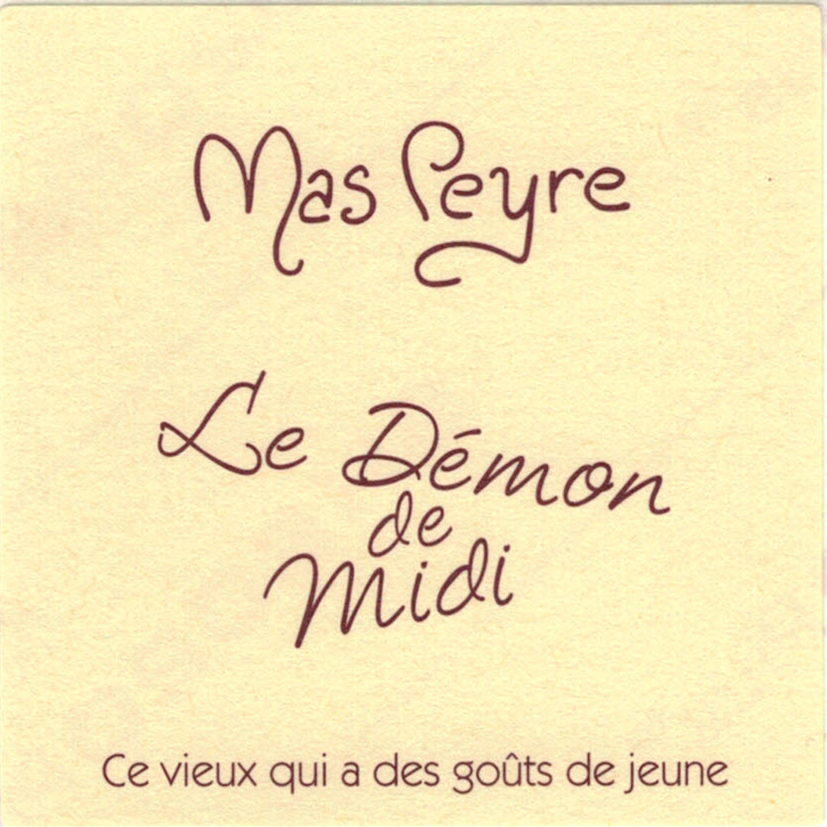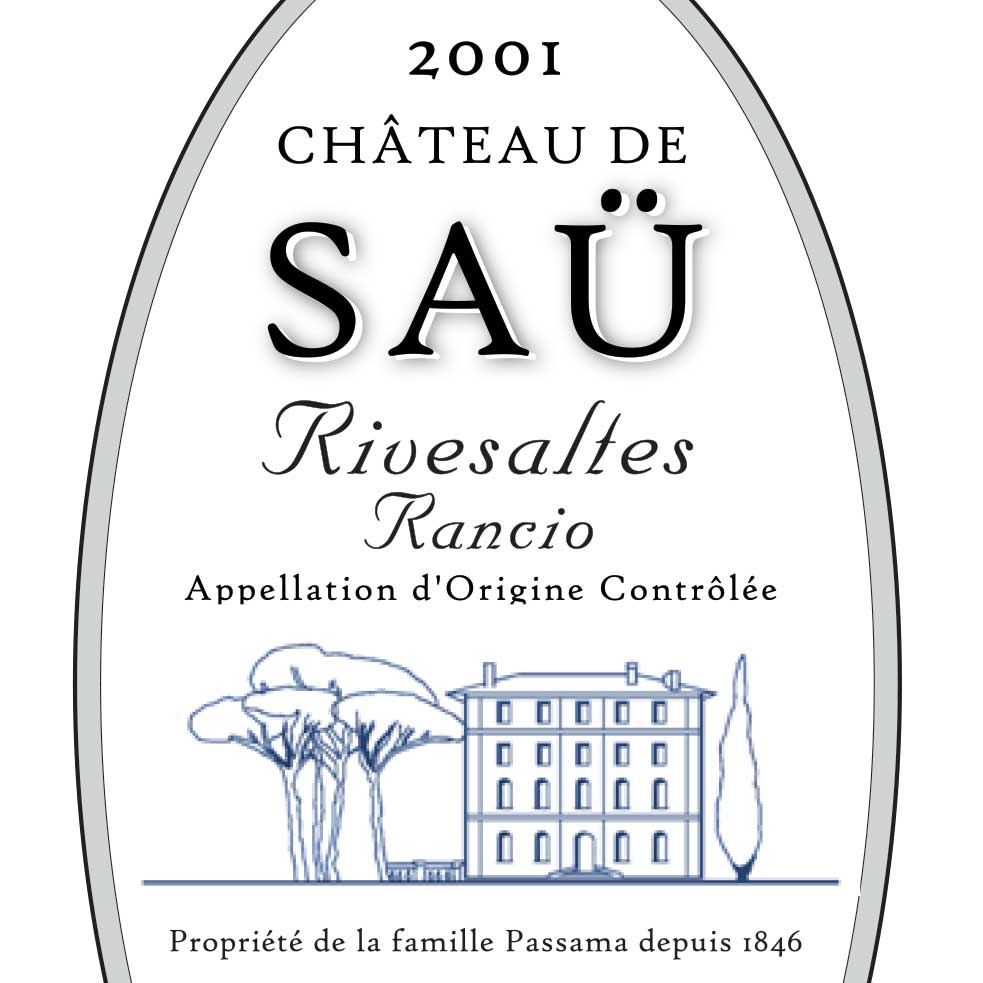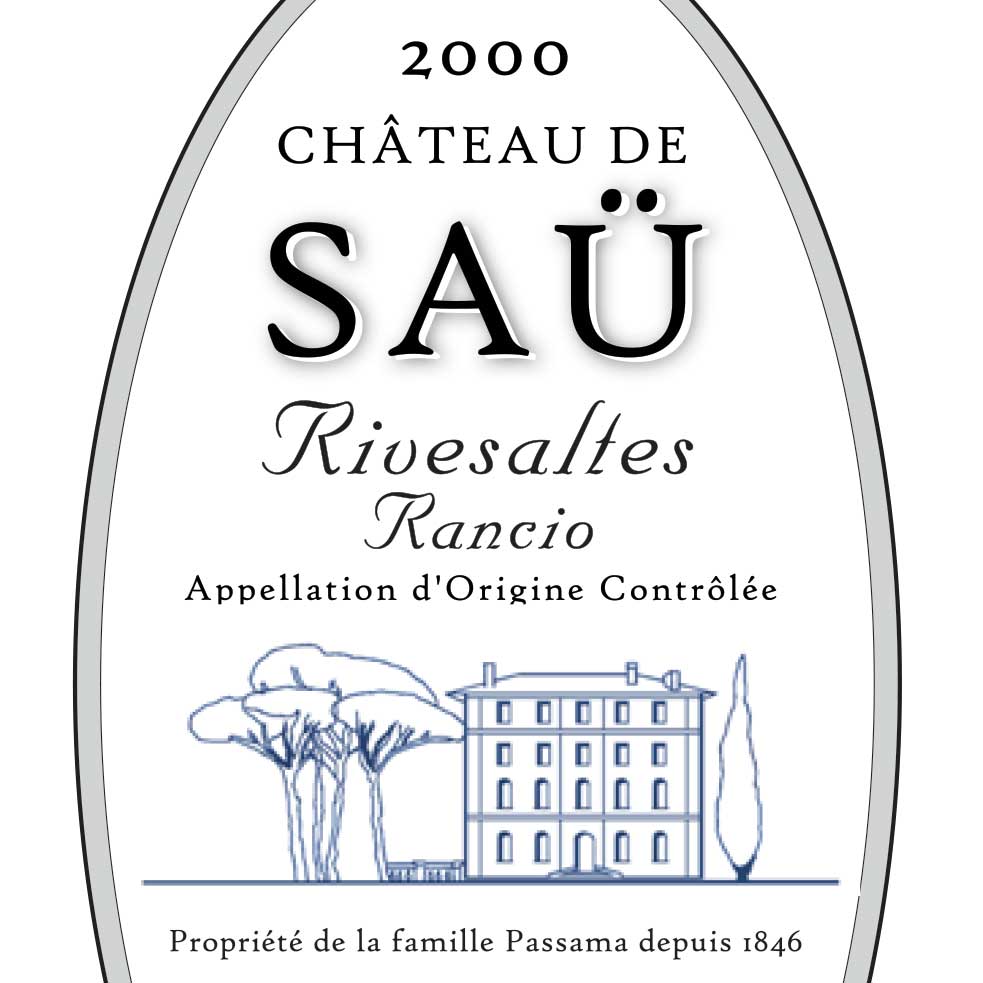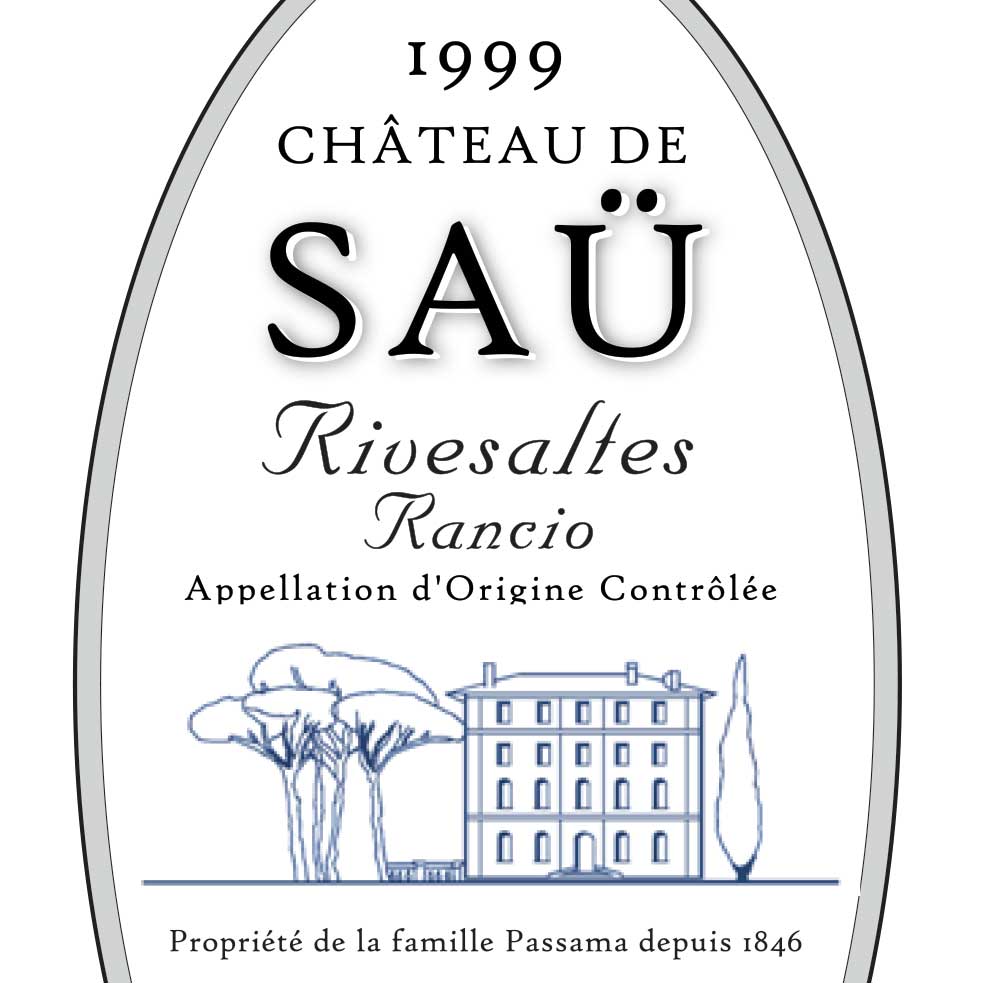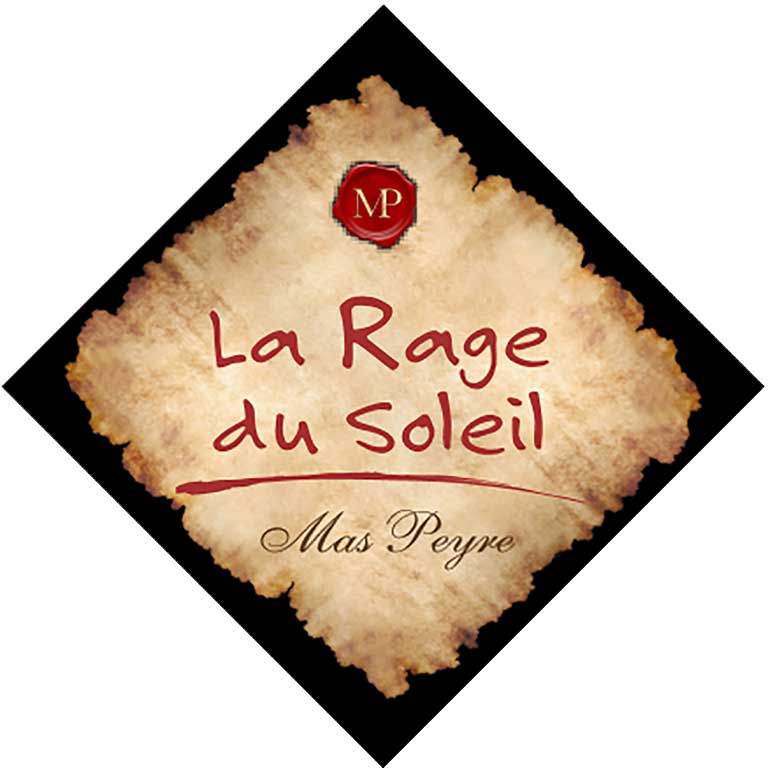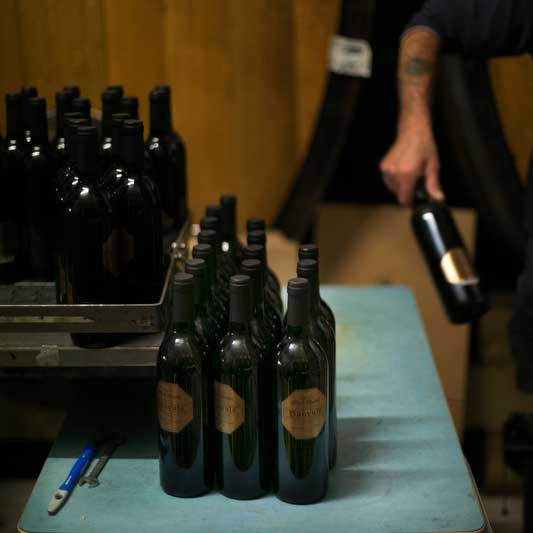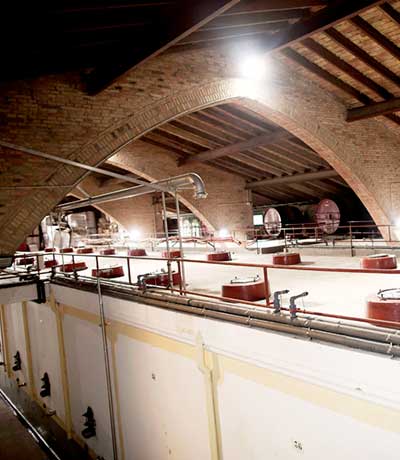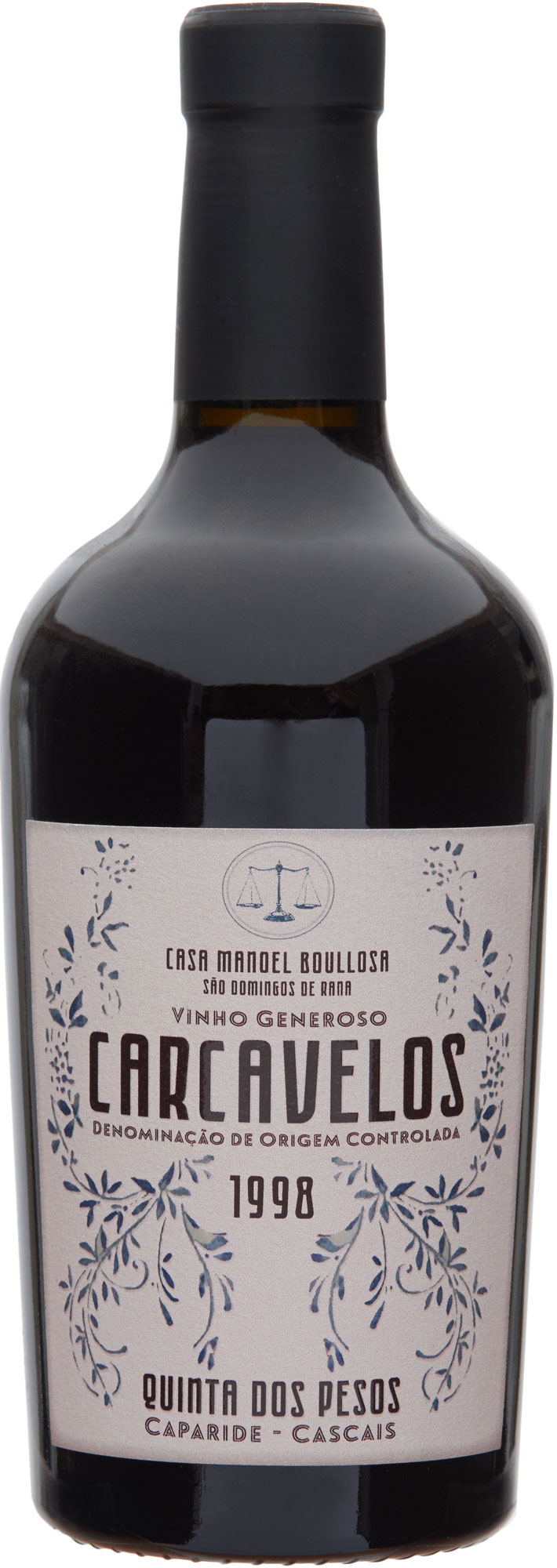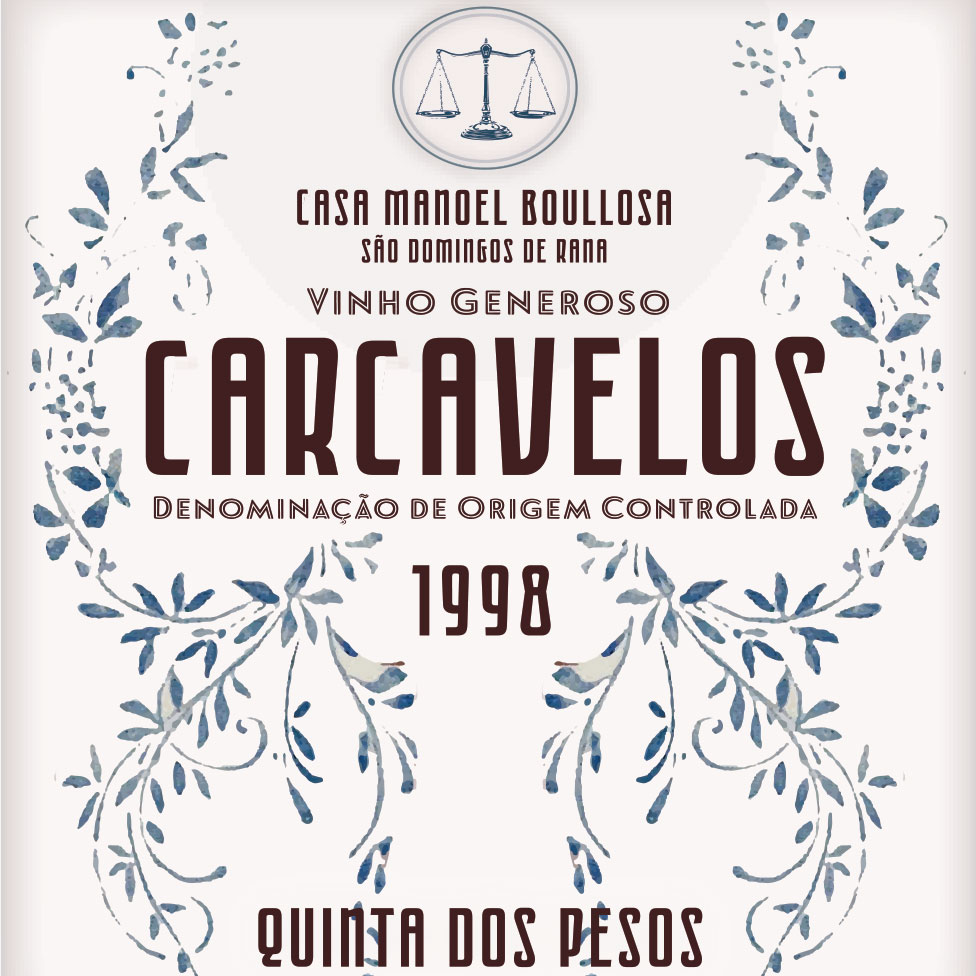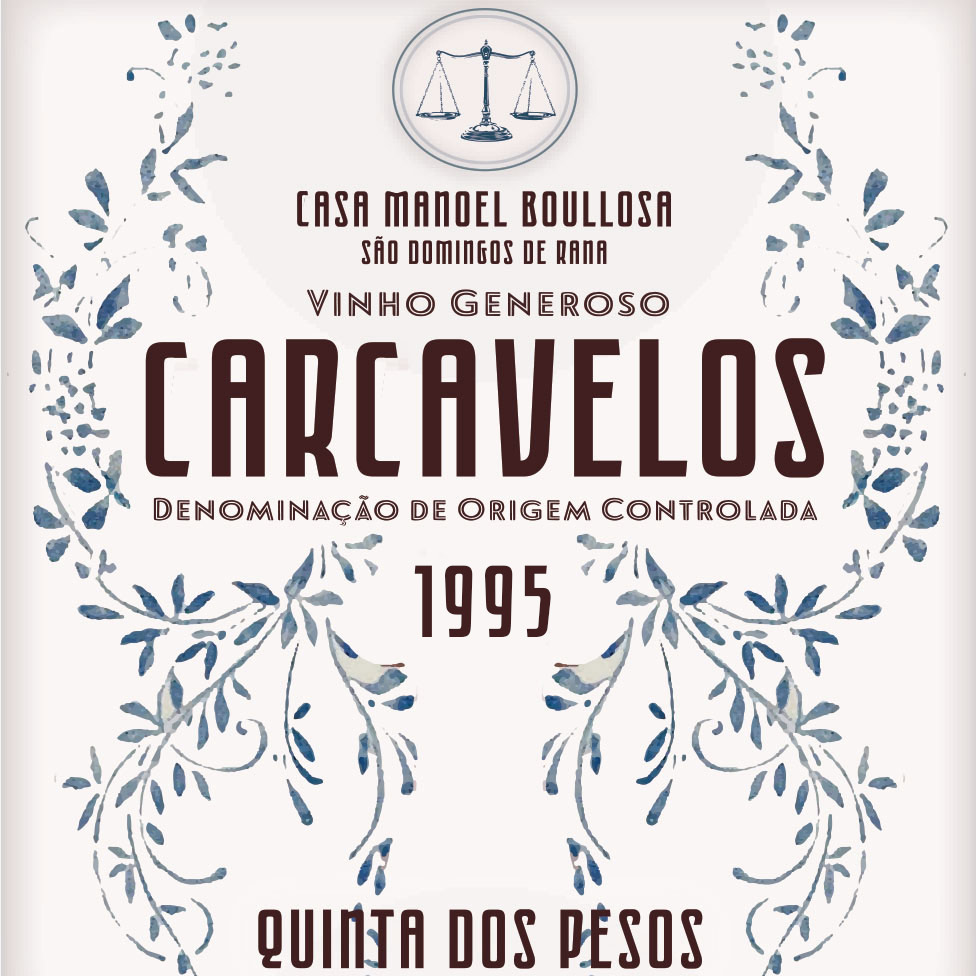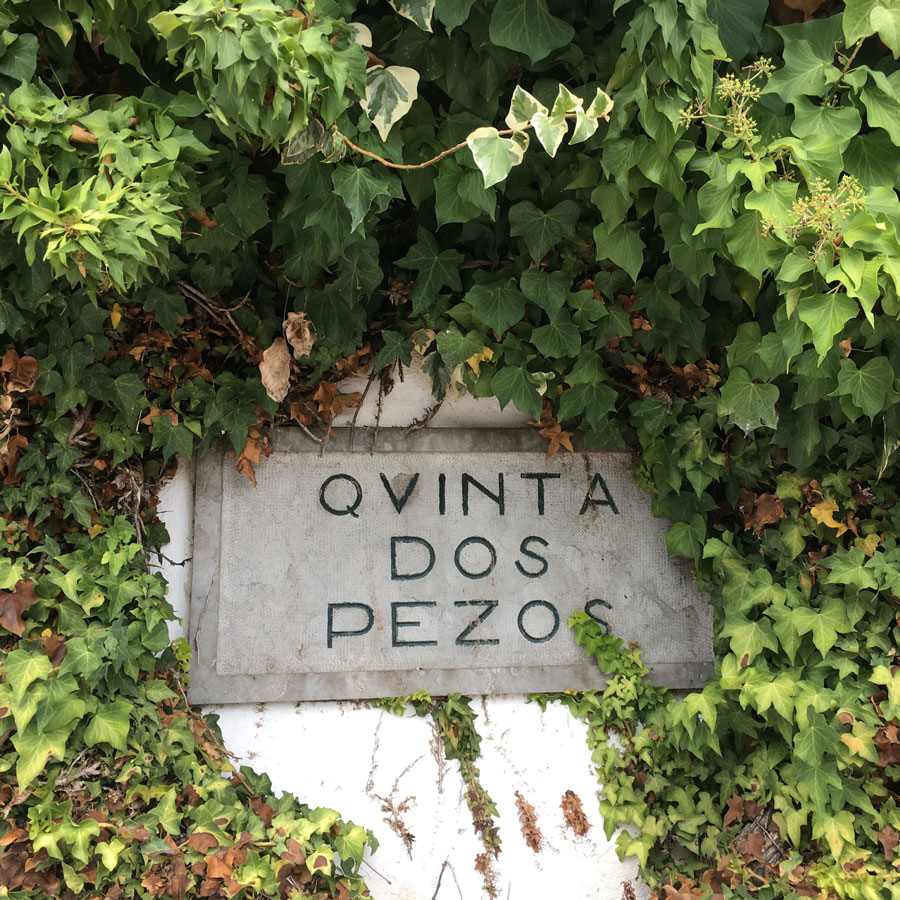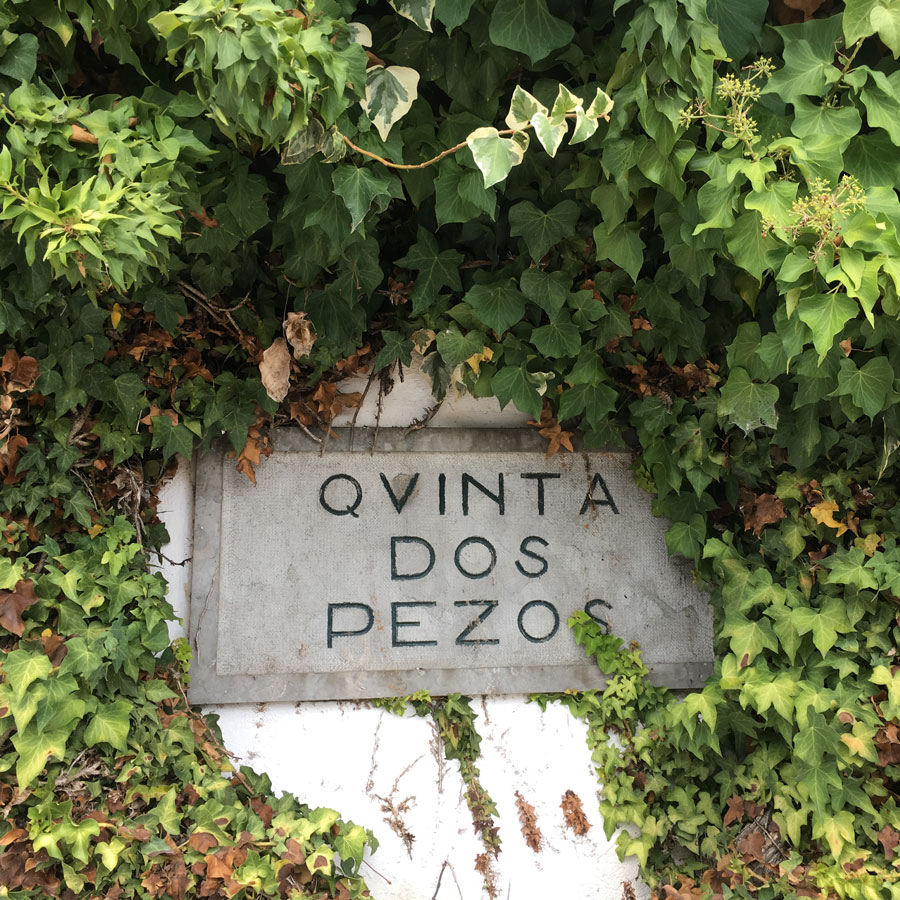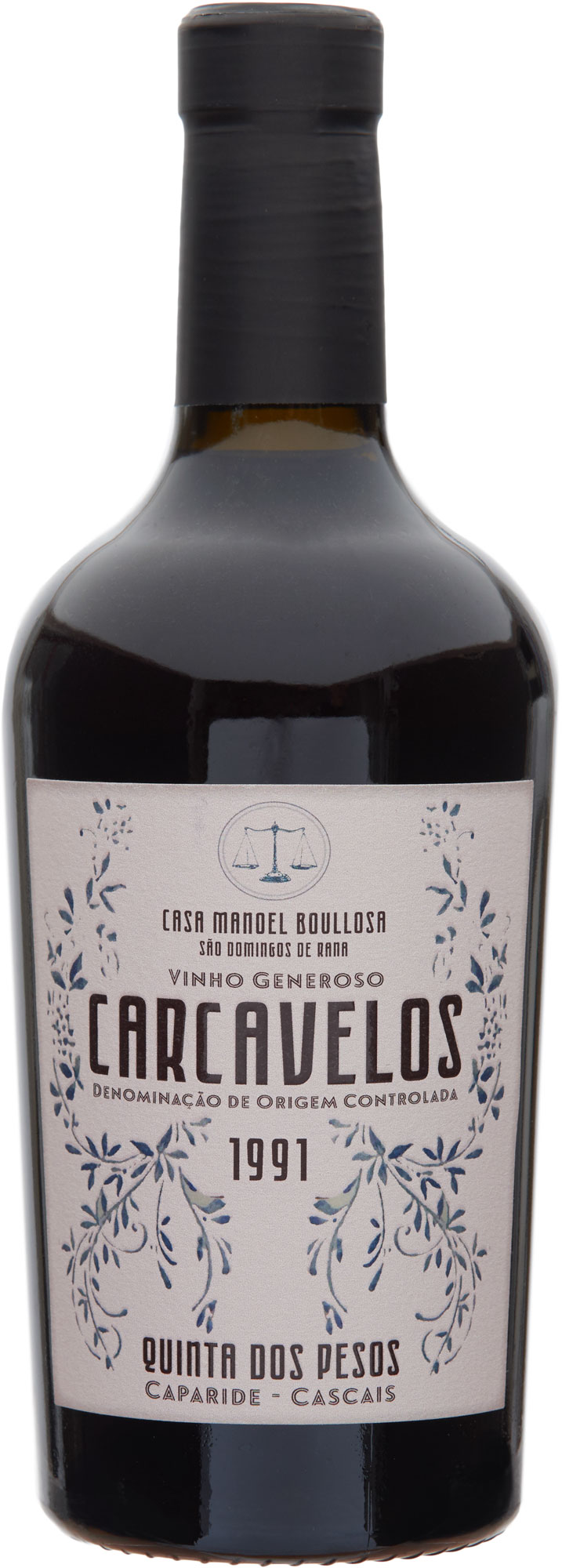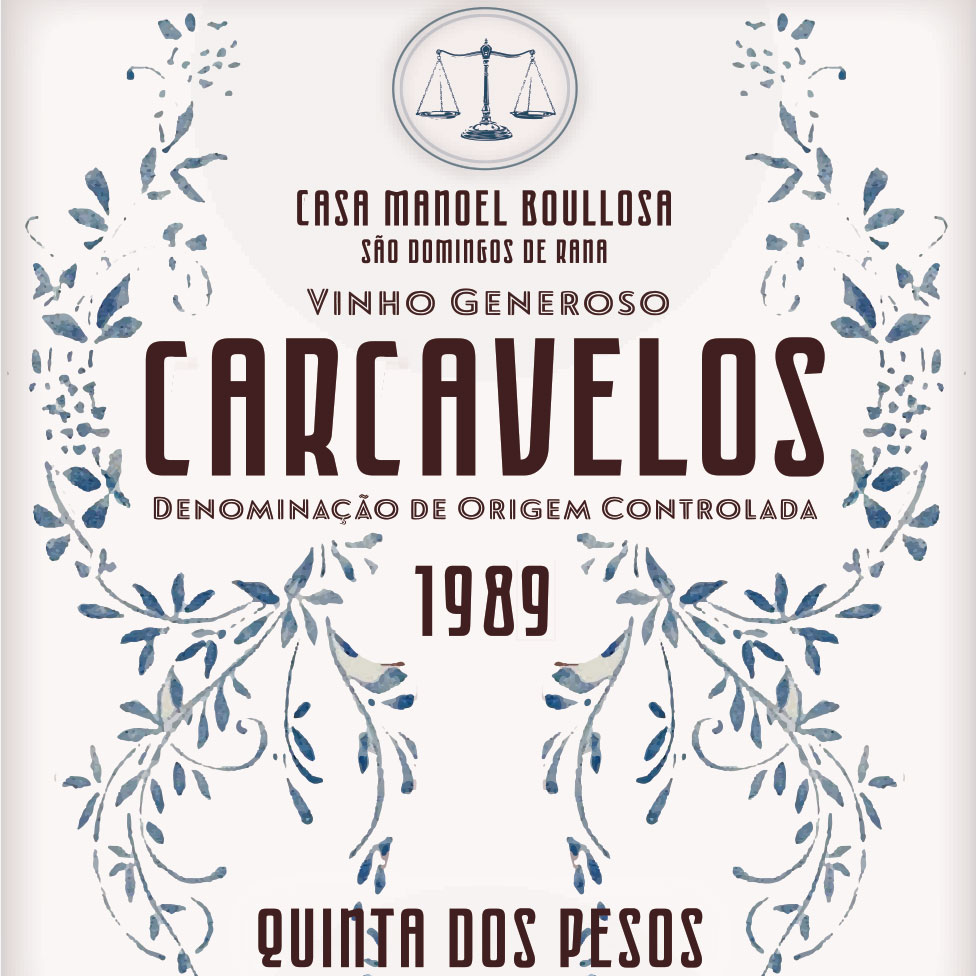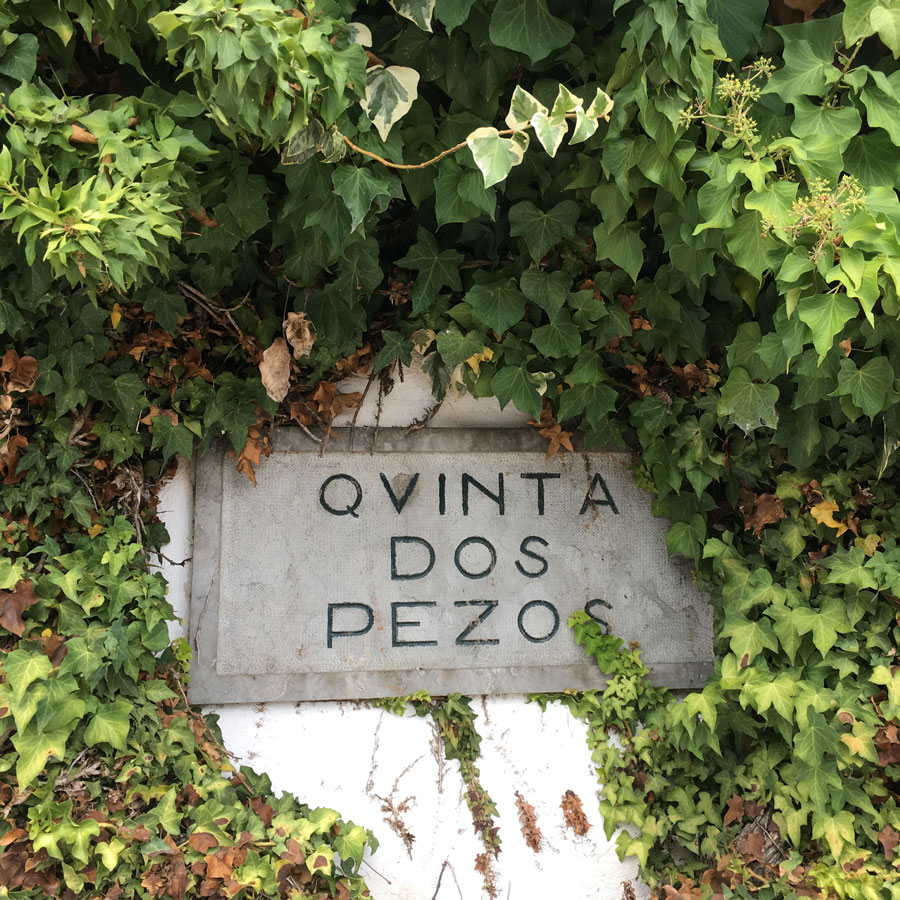Wines
Categories: Aromatized Wines, Sparkling Wine, White Wine, Red Wine, Sotolon Selections
The Haus Alpenz wine portfolio encompasses traditional European aromatized wines, vino amaro, and sparkling and red wine; while Sotolon Selections focuses on historic categories of aged and oxidative wines.
Vermouth
Dolin Dry Vermouth de Chambéry
17.5% ABV
Dolin Dry is distinguished by its light, fresh and clean profile, which comes from a delicate wine base and more than thirty Alpine herbs. From its start in 1821, Dolin Vermouth de Chambéry has been the benchmark for fine French Vermouth. Its fresh and elegant nose, subtle and complex palate is the profile that made the 1:1 gin/dry vermouth Martini famous, and so often imitated by others. In the 1930s Chambéry earned France’s only protected designation of origin for Vermouth. Beyond mixed drinks, it is an ideal aperitif or accompaniment to raw shellfish, goat cheese or pesto. In cooking, Dolin Dry adds depth and an herbal character that normal white wine cannot.
Full detailsDolin Blanc Vermouth de Chambéry
16.0% ABV
The sweet, pale ‘Blanc’ variety of vermouth was first created and made famous by Dolin in Chambéry long before Italian producers replicated the style as ‘Bianco’. The Blanc is traditionally served with a sliced strawberry, a splash of soda and a twist. Dolin blanc’s elegance and slight vanilla edge marry beautifully in the ‘new classic’ Blond Negroni. In other cocktails, Dolin Blanc pairs well with blanco tequila or other flavorful clear spirits. It is ideal for infusions of melon or other fruit, and an appetizing accompaniment to a wide variety of cheeses.
Full detailsDolin Rouge Vermouth de Chambéry
16.0% ABV
Dolin Rouge imparts lovely spicy notes amid its light and fresh profile, with a clean finish to complement and not overwhelm a drink’s other components. More than fifty herbs flavor Dolin Rouge; its profile is firm and balanced, without the excessive sweet or lingering aftertastes found in large commercial products. It makes for an exceptional Manhattan that does not bury the tastes of rye or bourbon, even at classic 1:1 proportions. Refreshes a Negroni, too. Dolin Rouge and a twist pairs well with charcuterie or black olives and works perfectly in tomato or meat cookery.
Full detailsComoz Blanc Vermouth de Chambéry
16.0% ABV
Established in 1856, Comoz was the second-oldest of Chambéry vermouth producers after Dolin and the first to produce in a crystal-clear style. (Dolin preceded with a sweet pale, rather than crystal clear, blanc vermouth.) Introduced in 1881, Comoz Vermouth Blanc expressed Claudius Comoz’s selection of wines, plants, and fruits, many from the hills above Chambéry. Comoz came to fame as the essential vermouth in the El Presidente cocktail in Cuba. Less sweet than other vermouth blanc, with notes of stone fruits, alpine flowers, and a deep, resonant undercurrent of wormwood—a profile that marries with whiskey better than any other pale vermouth.
Full detailsChambéryzette Strawberry Aperitif
16.0% ABV
Chambéryzette is a palate-pleasing aperitif that captures the aromatics, acidity and delectable flavors of wild alpine strawberries. It’s exceptionally versatile and adds a vivid, balanced strawberry profile to drinks like a spritz, vodka soda, Martini, or a wild strawberry Negroni. It stands apart from the simplistic and overbearing sugariness of other French strawberry aperitifs and liqueurs. This specialty of Dolin, first created by Rosalie Dolin in 1902, draws its qualities from strawberries of France’s Auvergne-Rhône-Alpes region on a base of Vermouth de Chambéry.
Full detailsTimbal Vermut de Reus Extra Dry
Spain ➜ Catalunya ➜ Vermut de Reus 17.0% ABV
17.0% ABV
This vermouth has a distinctly Catalan character, and embodies many of the savory flavors found in the famed olives of the region. Truly dry—with no added sugar—it is made with herbs sourced from the Pyrenees mountains and citrus of the Mediterranean. Its wine base of Airén (La Mancha) and Macabeo (Penedes) adds a nice minerality. Enjoy neat, with a splash of tonic, or in a 1:1 Martini. The town of Reus (near Tarragona in Catalonia) is the historic epicenter for vermouth production in Spain, where for over a century the producer Miró has set the benchmark for its wormwood-forward style.
Full detailsTimbal Vermut de Reus Sweet Red
Spain ➜ Catalunya ➜ Vermut de Reus 15.0% ABV
15.0% ABV
This well rounded and wormwood-forward sweet red vermouth has earned great admiration. Its easy style is ideal for the Catalan tradition of the ‘vermouth hour’, enjoying a glass on the rocks with olives. Timbal Sweet Red also marries beautifully with rye or bourbon, revealing notes of baking spices. The town of Reus (near to Tarragona in Catalonia) is the historic epicenter for vermouth production in Spain, where for over a century the producer Miró has set the benchmark for its wormwood-forward style.
Full detailsCocchi Vermouth di Torino Extra Dry
Italy ➜ Piemonte ➜ Vermouth di Torino DOP 17.0% ABV
17.0% ABV
Giulio Cocchi brings its unique expression of Piemontese grapes to the world of dry vermouth. Cocchi Extra Dry Vermouth di Torino combines the freshness of a Cortese wine base with local mountain wormwood, Menta di Pancalieri peppermint, and lemon over a backbone of angelica, coriander, and cardamom. Use Cocchi Extra Dry in a Martini with robust gins, or spritz with tonic water. The silky vinous texture of Cocchi Extra Dry is ideal for classic whiskey cocktails that call for dry vermouth, such as the Old Pal and the Scofflaw. At aperitif hour, Cocchi Extra Dry is ideal to pair with young cheeses.
Full detailsCocchi Vermouth di Torino ‘Storico’
Italy ➜ Piemonte ➜ Vermouth di Torino DOP 16.0% ABV
16.0% ABV
The last remaining example of appellation Vermouth di Torino to comply with all of the classical requirements, Cocchi Vermouth di Torino ‘Storico’ has been produced since 1891. Cocchi uses estate Moscato as the wine base, and vibrant, spicy botanicals such as cocoa, citrus, ginger, and rhubarb. In contrast with other popular Italian vermouths, Cocchi Vermouth di Torino ‘Storico’ retains wines of Piedmont as the base and avoids a heavy sheen of vanilla that clashes with other cocktail ingredients. Vermouth di Torino stands apart as one of only two protected geographical indications of origin for vermouth, and is the style referenced by classic cocktail books when discussing “Italian vermouth.”
Full detailsCocchi “Dopo Teatro” Vermouth Amaro
16.0% ABV
The name ‘Dopo Teatro’ refers to the late-evening, “after theater” service at restaurants and cafes in Torino, a gathering time for a sip of something bittersweet and maybe a small bite to eat. This “vermouth amaro” (vermouth with additional bitter elements) starts with the Moscato-based Cocchi Storico Vermouth di Torino, to which winemaker Giulio Bava adds robust Nebbiolo wine, local gentian, rhubarb root, chiretta and quinine. The result is a robust amaro that retains the refreshing acidity of the original vermouth. Ideal for cask strength or peated whiskeys as well as mezcal or gin, or pairing with spicy salami or intense chocolate preparations.
Full detailsAmericano
Cocchi Americano Rosa
16.5% ABV
Throughout its history, Giulio Cocchi has used the aperitif wine Americano profile to highlight the fine aromatic grapes of Piemonte. In Cocchi Americano Rosa, the Brachetto d’Acqui wine base provides the white rose and rich berry notes typical of the famous sparkling wine of the same variety, while the addition of rose and ginger to the traditional bitter base provides a rounder profile.
Full detailsCocchi Americano Bianco
16.5% ABV
Made to the same recipe since 1891, this Moscato-based aperitif wine has long been a staple of Asti. While the Americano name implies a gentian focus, the wine also includes quinine and citrus for a flavorful, refreshing profile. In Piemonte it is served chilled with ice, a splash of soda and a peel of orange. Cocchi Americano Bianco’s combination of fruit, spice and bitter undertones can perfect a number of classic mixed drinks. This same profile makes it splendid pairing with all kinds of pickles, nuts, charcuterie and cheeses.
Full detailsQuinquina/Chinato
Byrrh Grand Quinquina
France ➜ Roussillon 18.0% ABV
18.0% ABV
Byrrh Grand Quinquina is made to the original late-19th century recipe that earned worldwide fame and inspired fifty years of evocative poster art. Byrrh combines a generous, port-like wine and mistelle base with a firm backbone of natural quinine to produce a fruity, refreshing aperitif by itself, with tonic and a twist, or paired with blue cheese. In cocktails, Byrrh mixes well with vodka, gin, cognac, tequila, Irish whiskey, and grapefruit. Byrrh is produced in Thuir, in the heart of French Catalan territory, near the coast and border with Spain.
Full detailsCocchi Barolo Chinato
16.5% ABV
Renowned in Piemonte since its introduction in 1891, Cocchi Barolo Chinato is a wine of DOCG Barolo infused with quinine bark, rhubarb, ginger, cardamom, cocoa, and a variety of other aromatic spices. Round and rich, yet with the deep back palate one expects of Barolo, this wine possesses the definition necessary to be an ideal digestif or pairing with dark chocolate. Serve as you would a high-quality port or Madeira, or use in lieu of sweet red vermouth in a luxurious Manhattan. You would not be alone in finding this to be the Rolls Royce (or Maserati) of Italian dessert wines.
Full detailsBonal Gentiane-Quina
16.0% ABV
Since 1865, this spicy, earthy aperitif has been known as “ouvre l’appétit” - the key to the appetite. Serious in its role as an aperitif, and then popular with sportsmen, Bonal became an early sponsor of the Tour de France. It is made by an infusion of gentian, cinchona (quinine) and renowned herbs of the Grande Chartreuse mountains in a mistelle base. While tradition is to drink neat with a twist, Bonal also mixes well with fresh or hard cider, sparkling wine, and Scotch or American whiskies. Excellent with hard, salty cheeses, salted nuts, or earthy, spicy foods.
Full detailsMattei Cap Corse Blanc
17.0% ABV
A true Quinquina Blanc, and unique among aperitif wines. The profile of the Cap Corse Mattei BLANC aperitif wine is defined by its distinctly Corsican components. Its all-mistelle base is of Vermentinu and Muscat Petit Grains, lending a terrific minerality, acidity and floral tones. The local Cedrat (aka citron) adds unique citrus aroma and a silky texture. Since its creation in 1872 by Louis-Napoléon Mattei, Cap Corse Mattei is the oldest and best known aperitif of Corsica. Still today family owned, and all macerations, aging and bottling are done in house.
Full detailsMattei Cap Corse Rouge
17.0% ABV
Among the most famous of French Quinquina, enjoyed for generations by visitors and residents of the Island of Corsica. It is composed of a variety of distinctive and aromatic spices, walnuts and cinchona bark on a base of Corsican Muscat and Vermentinu mistelles. The result is an aperitif of tremendous depth with a wonderfully dry finish. Traditionally served neat or on ice with tonic or soda. It mixes well with rye whiskey, apple brandy or brandy. Since its creation in 1872 by Louis-Napoléon Mattei, Cap Corse Mattei is the oldest and best known aperitif of Corsica. Still today family owned, and all macerations, aging and bottling are done in house.
Full detailsVino Amaro
Pasubio Vino Amaro
Italy ➜ Trentino-Alto Adige 17.0% ABV
17.0% ABV
Pasubio is a true taste of the Dolomite Mountains in the Trentino region. On a base of rich aged wine you’ll find notes of blueberries, pine and smoke, together with bitter alpine herbs. It is rare among amari to feature mountain berries. The recipe from Giuseppe Cappelletti dates back to the early 20th century and is among the Erboristeria’s first amari. Traditionally enjoyed neat, typically at cellar temperature or chilled. Pasubio makes simple and delicious spritzes with tonic, soda, sparkling lemonade, or bitter lemon. Also pairs well in mixed drinks with bourbon, rye, or brandy.
Full detailsElisir Novasalus
Italy ➜ Trentino-Alto Adige 16.0% ABV
16.0% ABV
Perhaps the most earnest of digestivi, Elisir Novasalus is revered in Alto Adige and regions beyond. Made by an Erboristeria (master of botanicals) and trader in wines, it combines in a six-month process the plants from the surrounding high alps (Alto Adige) with a dry Marsala and a unique tree sap of Sicily. The resulting amaro is bold, bitter and exceptionally complex, with layers upon layers of flavor. Famously comforting after a large meal. While not traditionally mixed, it is nicely followed by a small glass of sparkling wine. Unrivalled in its palate effect, it makes for a perfect finish to a meal.
Full detailsCardamaro Vino Amaro
17.0% ABV
Cardamaro is a longstanding product of what is today an 8th-generation winemaker in Canelli d’Asti. The primary flavors of Cardamaro are cardoon and blessed thistle, with gentle undertones of spice. The wine base provides a pleasing texture and allows for pairing with robust cheeses, soft or hard. Mix Cardamaro with cider or ginger ale, or use in place of vermouth for an earthier take on classic cocktails. Cardamaro can also be used in place of whiskey for subtle cocktails, such as with Dolin Rouge in the Lower Manhattan.
Full detailsNegroni Insorti
Italy ➜ Trentino-Alto Adige 17.0% ABV
17.0% ABV
Negroni Insorti (‘insurgents’) is at once as familiar as it is unexpected. It is a Negroni cocktail made in a singular construction, from raw ingredients to a finished product—every last detail is deliberate. It features the primary botanicals of its namesake: citrus peels, gentian, wormwood, and juniper, with fruits and flowers providing the color. Wine-based, and vegan-friendly. Enjoy over ice with an orange twist. Negroni Insorti is made just outside of Trento in Alto Adige by the Cappelletti family, who also produce a number of exceptional aperitivi and amari.
Full detailsRed Bitter Aperitif
Aperitivo Cappelletti
Italy ➜ Trentino-Alto Adige 17.0% ABV
17.0% ABV
The Aperitivo Cappelletti, endearingly known to locals as just “Specialino”, may be the oldest style of the classic red bitter still in production. Unlike its larger commercial rivals, Cappelletti is less sweet and has a wonderful drying finish. Additionally, it still uses natural carmine color for a crimson red and retains a vinous texture from its wine base. It offers a vibrant and flavorful profile, complemented by bitter undertones on a traditional wine base. This yields a Negroni or Spritz that is dry and refreshing in the finish. It is made just outside of Trento in Alto Adige by the Cappelletti family, who also produce a number of other exceptional aperitivi and amari.
Full detailsAperitivo Mazzura
Italy ➜ Trentino-Alto Adige 17.0% ABV
17.0% ABV
Aperitivo Mazzura distinguishes itself in both its multidimensional flavor and stunning fuchsia color. Botanicals are sourced from Dolomite hills and valleys in Italy's Triveneto region, birthplace of the spritz. Mazzura's color comes from a unique blend of flowers and fruits that is entirely natural and vegan-friendly. Try Mazzura in a Negroni, Boulevardier or Spritz. It is made just outside of Trento in Alto Adige by the Cappelletti family, who also produce a number of other exceptional aperitivi and amari.
Full detailsSparkling Wine
Cocchi Asti NV
Italy ➜ Piemonte ➜ Asti DOCG 7.0% ABV
7.0% ABV • Méthode Charmat
Produced from Moscato bianco harvested in the Colline Astigiane foothills for generations, Cocchi Asti DOCG undergoes a slow fermentation in stainless steel vats to ensure the fresh, delicate aromas and flavors that have always been the hallmark of classic Asti. Notes of white lychee, honeysuckle, ripe peach and jasmine give away to signature lemon curd, its gently sparkling character making this wine ideal as a bright aperitif; with fresh berries; or with almond and hazelnut pastries.
Full detailsCocchi Brachetto d’Acqui NV
Italy ➜ Piemonte ➜ Brachetto d’Acqui DOCG 7.0% ABV
7.0% ABV • Méthode Charmat
Produced from rare Brachetto grapes harvested from Acqui Terme in the rolling hills of Monferrato, southeast of Torino and Asti, Cocchi Brachetto d'Acqui DOCG undergoes a slow, cool fermentation in stainless steel vats, emphasizing the buoyancy and freshness of its Brachetto fruit, with evanescent notes of clove, rose petal and violet lending nuance to its charming raspberry and cherry character. Its bright acidity and subtle tannins balance its gentle sweetness and lend persistence. Drier than its peers, it can be enjoyed as an aperitif as well as with fresh berries, soft-ripened cheeses, chocolate mousse and amaretto biscotti.
Full detailsWhite Wine
Chão do Prado Bucelas 2022
Portugal ➜ VR Lisboa ➜ Bucelas DOC 12.7% ABV
12.7% ABV
This signature white wine is classic Bucelas, native home of Arinto, perhaps Portugal's greatest white wine variety. Here on the calcareous marl, loam and limestone soils locals call ‘caeiras’, Arinto absorbs the maritime influence of the nearby Atlantic, producing age-worthy wines of great vitality and savory mineral depths.
Full detailsMurgas Bucelas 2021
Portugal ➜ VR Lisboa ➜ Bucelas DOC 12.5% ABV
12.5% ABV
Murgas Bucelas highlights Arinto, one of Portugal'a oldest and most historic grape varieties. In the village of Frexial, twenty kilometers north of Lisbon, the Franca family farms old-vine Arinto organically from rocky calcereous marls known as 'caeiras'. Fermented with native yeasts in stainless steel tank (80%) and third-pass 350L French oak, its elevage likewise continues until bottling, resulting in a wine of great vitality and sapidity, its notes of grilled white peach and beeswax marked by the vibrant minerality for which Bucelas is renowned. Its lively character makes it a refreshing complement to all manner of fish and seafood, chicken and pork. It can be enjoyed now through 2035.
Full detailsMurgas Bucelas 2018
Portugal ➜ VR Lisboa ➜ Bucelas DOC 12.5% ABV
12.5% ABV
Murgas Bucelas highlights Arinto, one of Portugal'a oldest and most historic grape varieties. In the village of Frexial, twenty kilometers north of Lisbon, the Franca family farms old-vine Arinto organically from rocky calcereous marls known as 'caeiras'. Fermented with native yeasts in stainless steel tank (80%) and third-pass 350L French oak, its elevage likewise continues until bottling, resulting in a wine of great vitality and sapidity, its notes of grilled white peach and beeswax marked by the vibrant minerality for which Bucelas is renowned. Its lively character makes it a refreshing complement to all manner of fish and seafood, chicken and pork. It can be enjoyed now through 2035.
Full detailsQuinta do Avelar Bucelas 2015
Portugal ➜ VR Lisboa ➜ Bucelas DOC 12.5% ABV
12.5% ABV
Bottled in mid-2022 after an extended, seven-year elevage, this stunning wine stands an exemplar of the once common but now exceedingly rare tradition of long-aged Bucelas. Hand-harvested from the traditional calcario soils that flank the Trancão river as it bisects the Bucelas appellation, Arinto and Rabo de Ovelha are fermented with native yeasts in steel tank and the wine undergoes its lengthy elevage on the lees. A small quantity of Sercial (Esgana Cão) is fermented separately, in tank and in ancient barrels, before final blending and bottling.
Full detailsAz. Ag. Guccione 'C' 2017
12.0% ABV
Produced from a single-hectare plot of Catarratto Lucido grown at high altitude, this wine is fermented with native yeasts and is aged in stainless steel for two years prior to bottling. It received an additional four years of bottle aging prior to release. Delicate, powerful and expressly mineral—with notes of grilled apricot, beeswax, marjoram and clove—this elegant, soulful wine can be enjoyed thru 2030 and beyond.
Full detailsAz. Ag. Guccione 'T - 12/5' 2012
14.0% ABV
Produced from a 2.8-hectare plot of old-vine Trebbiano—grown in isolated pockets in the Sicilian highlands southwest of Palermo since the 15th century——this extraordinary wine was fermented with native yeasts and was aged in traditional 3000L Mittelberger tini for five years prior to bottling. It was rested in bottle for six additional years prior to release. This is a complex, glowing, geologic wine—autumn in a glass—with lambent notes of apple tart, beeswax, porcini mushroom, almond paste and jasmine. Enjoy through 2040 and beyond.
Full detailsAz. Ag. Guccione 'T' 2017
13.0% ABV
Produced from a single vineyard, 2.8-hectare plot of old-vine Trebbiano—grown in isolated pockets in the Sicilian highlands southwest of Palermo since the 15th century—this wine is fermented with native yeasts and aged in stainless steel for two years prior to bottling. Its lengthy elevage prior to release—nearly six years—results in a wine of compelling mineral savor, with notes of stone fruit, orange blossom and mountain herbs, roasted nuts and sea salt. Elegant and searching, this wine can be enjoyed thru 2030.
Full detailsBadalucco de la Iglesia Garcia '1° Passaggio' 2022
13.0% ABV
Originally for family and friends, this bright, gently oxidative wine marks the first pass' of old-vine Grillo ('Griddu') from the renowned Contrada Triglia in western Sicily. Farming on its marly, red clay soils—known locally as terra rosa—is in accordance with biodynamic and regenerative principles and everything in the vineyard is done manually, by hand. Fermented in stainless steel tanks with native yeasts, this wine spends 10-12 days on its skins and remains on the lees during its yearlong elevage in old 500L oak, acacia and chestnut casks.
Full detailsBadalucco de la Iglesia Garcia 'Griddu Verde' 2020
13.5% ABV
The wine that best captures Badalucco de la Iglesia Garcia's Dos Tierras project, 'Griddu Verde' marks the 'second pass' of old-vine Grillo ('Griddu') from the renowned Contrada Triglia. Co-fermented with Verdejo planted in Contrada Coreleo more than twenty years ago, when Pieropaolo and Beatriz first returned from Spain to Sicily, it also offers a sly allusion to the co-mingled history of the island—the Kingdom of Two Sicilies—and its centuries' long Iberian influence.
Full detailsBadalucco de la Iglesia Garcia 'Pipa 3/4'- 5°
15.5% ABV • Oxidative
Pipa ¾ represents the acme of Badalucco de la Iglesia Garcia's ambitions and reclamation of the long tradition of la basa Marsala and the ancient story of perpetuo wine in western Sicily. It is, in essence, an unfortified Marsalese wine of the kind that would have once been common prior to arrival of John Woodhouse and the British practice of fortification in the late 18th century, and makes the case for Grillo as one of Italy's greatest wine varieties—white or red.
Full detailsBadalucco de la Iglesia Garcia 'XI Perpetuum'
15.5% ABV • Oxidative
This singular, dry, oxidative wine is made in perpetuum, an ancient solera-like process marrying old wine with young, renewing a tradition that has been practiced on the island since the time of the Romans. Late harvest, third-pass Grillo ('Griddu') from the renowned Contrada Triglia is aged oxidatively for nearly twelve years and is married to Catarratto Lucido from the 2015 and 2016 vintages that spent nearly 60 days on its skins.
Full detailsMas Peyre Cotes du Roussillon 'La Cuvée Peyre' 2022
France ➜ Roussillon 12.8% ABV
12.8% ABV
‘La Cuvée Peyre’—‘the stone wine’ in the Occitan dialect of its historic denizens—is a wine of place, of terroir. Farmed organically and harvested from the Bourrel family's schist-laden Espanel vineyard in the high, windswept Agly Valley of northwest Roussillon, the cepage is a reflection of the vintage and is always drawn from traditional varieties: Grenache blanc, Grenche gris, Macabeu, and increasingly Vermentino (Rolle). Fermentation and elevage are in INOX, with 5-6 months on the lees, and it is bottled without added sulfites, heightening the wine’s transparent expression.
Full detailsRed Wine
Murgas Vinho Regional Lisboa Touriga Franca 2021
Portugal ➜ VR Lisboa 13.5% ABV
13.5% ABV
This singular red wine highlights Touriga Franca, which is widely planted in northern and central Portugal but rarely bottled on its own. On calcareous, west-facing slopes of the Arneiro vineyard, twenty kilometers north of the River Tagus as it opens as it opens out to the Atlantic, the Franca family tend two hectares of this underrated but increasingly important varietal organically. The wine is fermented with native yeasts in stainless steel tank (80%) and third-pass 350L French casks and its elevage likewise continues until bottling, resulting in a wine that is supple and charming, with notes of raspberry, blackcurrant and pomegranate; graphite, violet and clove. Delightful on its own, it is a versatile complement to a wide array of dishes and can be enjoyed thru 2031.
Full detailsAz. Ag. Guccione 'NM' 2018
13.5% ABV
Produced from a single-hectare plot of Nerello Mascalese grown at high altitude on the region's famed terre brune soils, this wine was fermented with native yeasts and aged in stainless steel for two years prior to bottling. It received an additional three years of bottle aging prior to release. Elegant and savory, it gives compelling new expression to Sicily’s most celebrated red grape, with notes of black cherry, raspberry, sweet earth and spices, underscored by a haunting mineral savor. Enjoy thru 2040.
Full detailsAz. Ag. Guccione 'NM' 2017
13.0% ABV
Produced from a single-hectare plot of Nerello Mascalese grown at high altitude on the region's famed terre brune soils, this wine was fermented with native yeasts and aged in stainless steel for two years prior to bottling. It received an additional three years of bottle aging prior to release. Elegant and savory, it gives compelling new expression to Sicily’s most celebrated red grape, with notes of black cherry, raspberry, sweet earth and spices, underscored by a haunting mineral savor. Enjoy thru 2040.
Full detailsAz. Ag. Guccione 'P' 2018
12.5% ABV
This wine is produced from a single-hectare plot of Perricone, one of Italy's rarest grape varieties, found only in limited quantities in northwestern Italy, from Palermo to Marsala. Aromatic, elegant and exuberant, with notes of black currant, blood orange, violet and sage, it was fermented with native yeasts and aged for two years prior to bottling. It received an additional three years of bottle aging prior to release. A benchmark expression, this wine confirms Guccione as one of Perricone’s foremost interpreters and champions of Perricone and can be enjoy thru 2040.
Full detailsAz. Ag. Guccione 'V' 2019
14.5% ABV
Produced from contiguous, single-vineyard plots of Trebbiano, Catarratto Lucido, Nerello Mascalese and Perricone grown at high altitude, the grapes were co-fermented with native yeasts and the resulting wine aged in stainless steel for two years prior to bottling. It received an additional two years of bottle aging prior to release. Elegant and savory, this wine is in the tradition of Italian cerasuoli—rostato wines that in fact appear to be light red—and gives compelling expression to the terroir of Contrada Cerasa, with notes of tart cherry, raspberry, sweet earth and spices, underscored by a haunting mineral savor. Age worthy, it can be enjoyed thru 2035.
Full detailsMas Peyre IGP Côtes Catalanes '1ères Soifs' 2022
France ➜ Roussillon 13.5% ABV
13.5% ABV
1ères soifs (premières soifs) means ‘first thirsts’. This ‘vin de soif’ is 100% organic, made with grapes hand-harvested by the Bourrel family on their old-vine Carginan parcel, Les Flamands. Grown at altitude on the far western flank of the Agly Valley in Roussillon, the combination of warm days and cool nights give the wine its fresh, bright fruit and exuberant character, while its rocky schist soils lend depth and complexity.
Full detailsMas Peyre IGP Côtes Catalanes '1ères Soifs' 2021
France ➜ Roussillon 13.0% ABV
13.0% ABV
1ères soifs (premières soifs) means ‘first thirsts’. This ‘vin de soif’ is 100% organic, made with grapes hand-harvested by the Bourrel family on their old-vine Carginan parcel, Les Flamands. Grown at altitude on the far western flank of the Agly Valley in Roussillon, the combination of warm days and cool nights give the wine its fresh, bright fruit and exuberant character, while its rocky schist soils lend depth and complexity.
Full detailsMarsala
Ostinato Marsala Fine Ambra Secco
Italy ➜ Sicily ➜ Marsala DOC 17.0% ABV
17.0% ABV • Fortified, Oxidative
Delicious, balanced and refined, Ostinato Fine Ambra Secco is a dry Marsala that is produced according to traditional methods now rarely seen in the appellation, especially in Fine expressions. It begins with its ‘alto grado’ base wine, from late-harvest, low-yielding Grillo, Inzolia and Catarratto old vines. Its higher natural ABV means the wine is less reliant on fortification and is more expressive of Marsala’s indelible terroir. Extended aging beyond the minimum Fine requirements produce a Marsala that resonates with deep vinous character.
Full detailsOstinato Marsala Fine Ambra Dolce
Italy ➜ Sicily ➜ Marsala DOC 17.0% ABV
17.0% ABV • Fortified, Oxidative
Delicious, balanced and refined, Ostinato Fine Ambra Dolce is a sweet Marsala that is produced according to traditional methods now rarely seen in the appellation, especially in Fine expressions. It begins with its ‘alto grado’ base wine, from late-harvest, low-yielding Grillo, Inzolia and Catarratto old vines. Its higher natural ABV means the wine is less reliant on fortification and is more expressive of Marsala’s indelible terroir. Extended aging beyond the minimum Fine requirements produce a Marsala that resonates with deep vinous character.
Full detailsRancio Sec/Vi Ranci
Abbe Rous ‘Matifoc’ Rancio Sec NV
France ➜ Roussillon ➜ Côte Vermeille IGP 16.5% ABV
16.5% ABV • Fully Oxidized, Oxidative
A wine of ancient tradition, Abbé Rous ‘Matifoc’ Rancio sec is produced from old-vine Grenache noir and is aged outdoors in old 600-liter Banyuls demi-muids for up to four years before returning to the cellars for continued oxidative aging. The resulting wine is a blend, with an average age of 10-12 years in partially-filled barrels, resulting in its inimitable rancio character.
Full detailsTerres des Templiers Rancio Sec NV
France ➜ Roussillon ➜ Côte Vermeille IGP 16.5% ABV
16.5% ABV • Fully Oxidized, Oxidative
Terres des Templiers Rancio Sec descends from an ancient tradition preserved by Catalan winemakers of the Côte Vermeille. From old-vine Grenache noir found on its schist-dominated, terraced vineyards overlooking the sea, the wine is first aged out-of-doors in old demi-muids before returning to the cellars of the producer for extended oxidative aging in old Banyuls casks. The wine is a blend with an average age of 10-12 years spent in partially-filled barrels, resulting in its pronounced rancio character.
Full detailsTresmontaine ‘Puits aux Souhaits’ Rancio Sec NV
France ➜ Roussillon ➜ Côte Vermeille IGP 15.5% ABV
15.5% ABV • Fully Oxidized, Oxidative
Tresmontaine ‘Puits aux Souhaits’ Rancio sec is the last produced under the auspice of the late winemaker, Bernard Sapéras, who kept it mainly for family and friends. Made from Grenache noir vines with an average age of 70 years and a yield of just 20 hl/ha, it was fermented in old casks over the course of several years before coming to rest in barrels first used for the domaine’s Banyuls blanc. The average age of the blend is 10 years.
Full detailsDomaine de Rombeau Rancio Sec 2012
France ➜ Roussillon ➜ Côtes Catalanes IGP 16.5% ABV
16.5% ABV • Fully Oxidized, Oxidative
With echoes of single-malt Scotch—perhaps Speyside’s Abelour or Cardhu—the 2012 vintage combines a firmness and understated elegance unique amongst the Rombeau Rancio Sec vintages. Notes of bergamot, peanut brittle, green walnut and heather reveal themselves slowly along its subtly tannic spine. It was vinified in tank with native yeasts, then transferred to an assortment of old barrels and glass demijohns for 12-18 months' aging outdoors. A portion is then returned to the cellars, which rest above ground and lack temperature control, while another portion remained in the "barrel park" until the time of blending and bottling in mid-2022. The wine combines roughly equal parts Grenache blanc, Grenache gris and Macabeu, with a tiny amount of Muscat Blanc à Petits Grains.
It can be enjoyed with all manner of tapas, with cheese; with wood-fired pork or curried lamb, and especially as a digestif. Shelf-stable, it should be served lightly chilled or at cellar temperature.
Full detailsDomaine de Rombeau Rancio Sec 2011
France ➜ Roussillon ➜ Côtes Catalanes IGP 16.5% ABV
16.5% ABV • Fully Oxidized, Oxidative
With its inviting, redolent nose, the 2011 vintage serves as an exemplary invitation to the world of Rancio sec, its notes of caramelized apricot, tamarind and tobacco leaf delivered in a manner that is strictly analog. It was vinified in tank with native yeasts, then transferred to an assortment of old barrels and glass demijohns for 12-18 months' aging outdoors. A portion was then returned to the cellars, which rest above ground and lack temperature control, while another portion remained in the "barrel park" until the time of blending and bottling in mid-2022. The wine combines roughly equal parts Grenache blanc, Grenache gris and Macabeu, with a tiny amount of Muscat Blanc à Petits Grains.
This wine can be enjoyed with all manner of tapas, with cheese; with wood-fired pork or curried lamb, and especially as a digestif. Shelf-stable, it should be served lightly chilled or at cellar temperature.
Full detailsDomaine de Rombeau Rancio Sec 2010
France ➜ Roussillon ➜ Côtes Catalanes IGP 16.5% ABV
16.5% ABV • Fully Oxidized, Oxidative
The lightest of the Rombeau Rancio secs, the 2010 is distinguished by its cepage and its shorter elevage, with an increased percentage of Macabeu and, atypically, a small amount of Muscat à Petits Grains (roughly 10%) added to the foundational Grenache blanc and Grenache gris. It was vinified in tank with native yeasts, then transferred to an assortment of old barrels and glass demijohns for 12-18 months' aging outdoors. A portion is then returned to the cellars, which rest above ground and lack temperature control, while another portion remained in the "barrel park" until the time of blending and bottling in mid-2016.
Full detailsDomaine de Rombeau Rancio Sec 2009
France ➜ Roussillon ➜ Côtes Catalanes IGP 16.5% ABV
16.5% ABV • Fully Oxidized, Oxidative
The 2009 vintage is the most complete and balanced of the Rombeau Rancio secs, combining the pronounced umami funk of 2008 with the lighter touch of 2010. It was vinified in tank with native yeasts, then transferred to an assortment of old barrels and glass demijohns for 12-18 months' aging outdoors. A portion was then returned to the cellars, which rest above ground and lack temperature control, while another portion remained in the "barrel park" until the time of blending and bottling in mid-2016. The wine combines roughly equal parts Grenache blanc, Grenache gris and Macabeu, with a touch of the rare Malvoisie du Roussillon (Tourbat).
Full detailsDomaine de Rombeau Rancio Sec 2008
France ➜ Roussillon ➜ Côtes Catalanes IGP 16.5% ABV
16.5% ABV • Fully Oxidized, Oxidative
The most evolved of the Rombeau Rancio secs, the 2008 exhibits a pleasing "rancio funk" while nevertheless retaining its complexity and rough good manners. It was vinified in tank with native yeasts, then transferred to an assortment of old barrels and glass demijohns for 12-18 months' aging outdoors. A portion was then returned to the cellars, which rest above ground and lack temperature control, while another portion remained in the "barrel park" until the time of blending and bottling in mid-2016.
Full detailsDomaine de Sau Rancio Sec NV
France ➜ Roussillon ➜ Côtes Catalanes IGP 18.5% ABV
18.5% ABV
A blend of the 2006 and 2007 vintages, the Domaine de Saü Rancio sec is 100% Grenache gris, harvested by hand from a 1.9-hectare plot of 70-year old bush vines. Fermented with native yeasts in epoxy-line steel tanks and left for a week on its skins, its subsequent elevage takes place in one of the most magical places for oxidative wines in all of Roussillon—a former horse barn on the Château de Saü estate. Here, temperatures range from 55–80F and the Tramontana wind blows outside its wooden doors throughout the year, concentrating the wine left to rest in old 225-liter Bordelais fûts.
Full detailsDomaine Fontanel Rancio Sec 2007
France ➜ Roussillon ➜ Côtes Catalanes IGP 17.0% ABV
17.0% ABV • Fully Oxidized, Oxidative
This is a rare example of what is one of the oldest forms of winemaking, once found throughout the Mediterranean and now preserved by Catalan tradition on both sides of the French-Spanish border. The grapes are hand-harvested and fermented with native yeasts, without fortification. The youngest vines informing this wine date from 1946; the oldest from 1908. Exposed to the elements and aged for many years in partially filled oak barrels, the resulting wine has what the Roussillon locals call le goût de soleil, the taste of the sun: dry and concentrated, with complex rancio flavors of walnuts, cocoa and curry spices. This wine slumbered in barrels until May 2018.
Full detailsDomaine Jorel ‘La Garrigue’ Rancio Sec 2003
France ➜ Roussillon ➜ Côtes Catalanes IGP 16.0% ABV
16.0% ABV • Fully Oxidized, Oxidative
Manuel Jorel’s first Rancio sec was the result of the scorching 2003 vintage and amongst the most unique in the Sotolon Selections portfolio. His small parcel of Macabeu grapes began to shrivel on the vine; he picked the grapes and set about making an ‘orange wine’ with them, leaving the emerging wine on the skins for 28 days. It began to oxidize and he feared the wine lost, but with the advice of an old-timer, he racked the wine into old Rivesaltes casks in the corner of his second cellar (which then doubled as a garage, or garrique).
Full detailsMas Peyre ‘Le Démon de Midi’ Rancio Sec NV
France ➜ Roussillon ➜ Côtes Catalanes IGP 17.0% ABV
17.0% ABV • Fully Oxidized, Oxidative
The Bourrel family inaugurated this solera of overripe, old-vine Macabeu grapes in 2005. Grapes are harvested by hand at 254 g/l residual sugar and, placed into the first of three barrels, are allowed to slowly ferment to dryness. Subsequent elevage in the partially-filled barrels creates an oxidative environment; bottled at an average of six years of age, the ‘Démon de Midi’ (noonday demon) takes on notes of almond, garrigue honey and leather, with a touch of salt emerging at the finish.
Full detailsPuig-Parahÿ ‘Pyror’ Rancio Sec NV
France ➜ Roussillon ➜ Côtes Catalanes IGP 18.5% ABV
18.5% ABV • Fully Oxidized, Oxidative
The barrels that winemaker Georges Puig blends to produce ‘Pyror’ were first set down in the early 1960s by his father and grandfather, and have been maintained as "perpetual barrels" ever since, with small amounts withdrawn every few years. The wine—equal parts Grenache blanc, Grenache gris and Macabeu—slowly concentrates in the ancient oak and chestnut barrels, gaining a particular combination of polish and rusticity.
Full detailsTresmontaine ‘Tabacal Dos’ Rancio
France ➜ Roussillon ➜ Côtes Catalanes IGP 17.0% ABV
17.0% ABV • Fully Oxidized, Oxidative
A Catalan tradition, Rancio wines such as this predate the modern conception of wine and viticulture. This wine’s rustic character begins with a full fermentation and evolves first in glass demijohns and then in used oak barrels, which are partially filled and often out in the sun. Owing to the process, the climate, and character of the grapes, the wine is oxidative and rich with earth, smoke and mushroom notes. This wine has aged over 5 years in barrels that formerly housed the eponymous wine of its village, lending a unique depth. Enjoy with cured meats and cheeses, or with rich creamy desserts. Serve either lightly chilled or at cellar temperature.
Full detailsTresmontaine ‘Tabacal’ Rancio NV
France ➜ Roussillon ➜ Côtes Catalanes IGP 17.0% ABV
17.0% ABV • Fully Oxidized, Oxidative
Tresmontaine ‘Tabacal’ Rancio is the last Rancio produced by legendary Roussillon winemaker Fernand Baixas at Arnaud de Villeneuve, prior to his "retirement." (He can now be found with other raconteurs at nearby Domaine de Rombeau.) The blend is 100% Grenache blanc from the 2002 and 2003 vintages, exposed to the elements in glass demijohns for 18 months, then returned to the cellars to rest in old foudres and barrique for an additional 10 years.
Full detailsEspodol Vi Ranci Sec NV
14.0% ABV • Fully Oxidized, Oxidative
While the tradition of Vi Ranci and Rancio sec has survived in both Catalunya nord and sud along the French-Spanish border, the large majority of those now produced in Spain are fortified. Espodol Vi Ranci Sec is the rare unfortified expression: Old-vine Garnatxa blanca and Garnatxa rosat, hand-harvested and co-fermented under the rafters in epoxy-lined concrete tank. The wine destined to be bottled as Vi Ranci Sec then enters a languorous three-tier solera that was inaugurated in 1950, where a portion of the slowly oxidizing wine is transferred from tank to large foudres and finally to 300-600L barrels. These movements typically occur only once every 3-4 years, with small quantities from the solera bottled just once per year.
Full detailsRivesaltes
Domaine de Rombeau Rivesaltes Rancio 2009
France ➜ Roussillon ➜ Rivesaltes AOP 18.5% ABV
18.5% ABV • Fully Oxidized, Oxidative
This is Rivesaltes as God—or whatever gods may be—intended: Topaz, with a lifted nose. Deep and rich, but without weight. Café miel, with every autumnal spice. Grenache blanc, Grenache gris and Macabeu were co-fermented in tank with native yeasts, then aged up in the rafters for more than a decade in old barrique, without temperature control and with minimal ‘topping up’. Bottled after thirteen years in mid-2022, it can be enjoyed on its own, with a variety of cheeses (especially Bleu d’Auvergne), with roasted nuts, and desserts including crème brûlée and apple pie. Shelf-stable, it should be served lightly chilled or at cellar temperature.
Full detailsDomaine de Rombeau Rivesaltes Rancio 2007
France ➜ Roussillon ➜ Rivesaltes AOP 18.5% ABV
18.5% ABV • Fully Oxidized, Oxidative
A smoldering wine of great intensity and persistence, the 2007 Rivesaltes Rancio is marked by notes of torched Seville orange, walnut, chestnut honey and garam masala. Grenache blanc, Grenache gris and Macabeu were co-fermented in tank with native yeasts, then aged up in the rafters for more than a decade in old barrique, without temperature control and with minimal ‘topping up’. Bottled after thirteen years in mid-2022, it can be enjoyed on its own, with a variety of cheeses, with roasted nuts, and desserts including crème brûlée and apple pie. Shelf-stable, it should be served lightly chilled or at cellar temperature.
Full detailsMaury
Mas Peyre Maury Hors d’Age ‘La Rage du Soleil’ NV
France ➜ Roussillon ➜ Maury AOP 17.0% ABV
17.0% ABV • Fortified, Oxidative
First established in 2003, this singular Maury solera was augmented with small lots each year until 2008, then rested quietly in barrel until bottling in late 2016. 100% Grenache noir, the name ‘Rage du Soleil’ alludes to the heat of Roussillon and the enduring nature of its old vines. Oxidative, yet still primary, this deft wine boasts notes of cherry compote, spice cake and cocoa powder; tobacco leaf, bitter orange and rose pepper. With lightly drying tannins balancing the wine’s inherent richness, expect a continued graceful evolution in the bottle. Enjoy with creamy blue-veined cow’s milk cheeses, with nuts and dark chocolates. Serve slightly chilled or at cellar temperature.
Full detailsDomaine du Dernier Bastion Maury Rancio 2008
France ➜ Roussillon ➜ Maury AOP 15.5% ABV
15.5% ABV • Fortified, Oxidative
Produced only in exceptional vintages, the Domaine du Dernier Bastion Maury Rancio is pure Grenache noir, selected from the estate’s oldest vines. Fermented in a 200-year-old concrete tank, the wine was aged in a 1,000-liter tonneau for eight years, then placed on the rooftop under glass and exposed to the elements for a final year prior to bottling. The resulting wine exhibits warming complexity and reverberative depth, its mellow rancio character embroidered on flavors of spiced cherry, caramelized orange, fruit cake, fig, walnut, coffee and cocoa.
Full detailsDomaine du Dernier Bastion Maury Rancio 2007
France ➜ Roussillon ➜ Maury AOP 15.5% ABV
15.5% ABV • Fortified, Oxidative
Produced only in exceptional vintages, the Domaine du Dernier Bastion Maury Rancio is pure Grenache noir, selected from the estate’s oldest vines. Fermented in a 200-year-old concrete tank, the wine was aged in a 1,000-liter tonneau for nine years, then placed on the rooftop under glass and exposed to the elements for a final year prior to bottling. The resulting wine exhibits warming complexity and reverberative depth, its mellow rancio character embroidered on flavors of spiced cherry, caramelized orange, fruit cake, fig, walnut, coffee and cocoa.
Full detailsBanyuls
Domaine du Mas Blanc Banyuls Hors d’Age ‘Sostrera’
France ➜ Roussillon ➜ Banyuls AOP 17.5% ABV
17.5% ABV • Fortified, Oxidative
‘Sostrera’ is the word for ‘solera’ in the local Catalan parlance of Banyuls. Dr. Gaston Parcé established the solera at Mas Blanc in 1925 with two layers of demi-muids (650-litre barrels) full of wine. The Domaine bottled the first wine from the solera in 1946. This commitment to extended aging within the Sostrera continues today. The wine is 100% Grenache noir (from cuttings brought from Château de Beaucastel), fortified in the usual manner of the estate.
Full detailsGarnatxa d’Empordà
Espodol Solera Garnatxa d’Empordà NV
Spain ➜ Catalunya ➜ Empordà DO 15.5% ABV
15.5% ABV • Fortified, Oxidative
Celler Espolla’s Solera Garnatxa d’Empordà is regarded as one of the finest and most prominent of its tradition in Catalunya. Late harvest Garnatxa blanca and rosat grapes are picked by hand and co-fermented with native yeasts in epoxy-lined concrete tank. The fermentation is arrested via mutage, and the wine begins a lengthy, oxidative odyssey through a four-tier solera that was inaugurated in 1950; small quantities are bottled a maximum of once per year. Dark amber, seamless and layered, it shows dried apricot and cherry, roasted hazelnut and sweet/smoky baking spices. Served at cellar temperature, it can be enjoyed with a wide variety of cheeses and desserts. Once opened, it will keep well for 8-12 weeks.
Full detailsCarcavelos
Villa Oeiras Carcavelos Tinto 10-Year Old
Portugal ➜ VR Lisboa ➜ Carcavelos DOC 19.0% ABV
19.0% ABV • Fortified, Oxidative
The first ever Carcavelos Tinto imported to the US, this exhilarating wine comes from Portugal's smallest appellation, just west of Lisbon along the Tejo estuary as it opens out to the Atlantic. A terrific alternative to Tawny Port, it is produced from small, calcareous seaside vineyards highlighting local varieties Castelão and Trincadeira.
Full detailsVilla Oeiras Carcavelos 'Nacional' 12-Year Old
Portugal ➜ VR Lisboa ➜ Carcavelos DOC 18.5% ABV
18.5% ABV • Fortified, Oxidative
Villa Oerias Carcavelos 'Nactional' 12-Year Old is Carcavelos as it might have been when it was first produced by the Marquis do Pombal in the mid-18th century. Aged exclusively in Portuguese ('Nacional') oak, which lends a pleasingly rusticity and generosity of spirit, it is the first such expression of Carcavelos in more than half a century.
Full detailsVilla Oeiras Carcavelos 15-Year Old
Portugal ➜ VR Lisboa ➜ Carcavelos DOC 19.0% ABV
19.0% ABV • Fortified, Oxidative
Benchmark of the appellation, Portugal's most diminutive and one of the smallest in Europe, Villa Oeiras Carcavelos 15-Year Old was the first Carcavelos imported to the US in many decades.
Full detailsQuinta dos Pesos Carcavelos 1999
Portugal ➜ VR Lisboa ➜ Carcavelos DOC 20.0% ABV
Quinta dos Pesos Carcavelos 1998
Portugal ➜ VR Lisboa ➜ Carcavelos DOC 21.0% ABV
Quinta dos Pesos Carcavelos 1997
Portugal ➜ VR Lisboa ➜ Carcavelos DOC 21.5% ABV
Quinta dos Pesos Carcavelos 1996
Portugal ➜ VR Lisboa ➜ Carcavelos DOC 20.0% ABV
Quinta dos Pesos Carcavelos 1995
Portugal ➜ VR Lisboa ➜ Carcavelos DOC 20.5% ABV
Quinta dos Pesos Carcavelos 1994
Portugal ➜ VR Lisboa ➜ Carcavelos DOC 21.0% ABV
Quinta dos Pesos Carcavelos 1993
Portugal ➜ VR Lisboa ➜ Carcavelos DOC 20.5% ABV
Quinta dos Pesos Carcavelos 1992
Portugal ➜ VR Lisboa ➜ Carcavelos DOC 21.5% ABV
Quinta dos Pesos Carcavelos 1991
Portugal ➜ VR Lisboa ➜ Carcavelos DOC 20.0% ABV
Quinta dos Pesos Carcavelos 1990
Portugal ➜ VR Lisboa ➜ Carcavelos DOC 21.0% ABV
Quinta dos Pesos Carcavelos 1989
Portugal ➜ VR Lisboa ➜ Carcavelos DOC 21.0% ABV
Quinta dos Pesos Carcavelos 1988
Portugal ➜ VR Lisboa ➜ Carcavelos DOC 21.0% ABV
Quinta dos Pesos Carcavelos 1987
Portugal ➜ VR Lisboa ➜ Carcavelos DOC 21.0% ABV
Madeira
Belem’s
Portugal ➜ Madeira DOC 17.0% ABV
Saveiro
Portugal ➜ Madeira DOC 19.0-20.0% ABV
Henriques & Henriques
Portugal ➜ Madeira DOC 19.0-20.0% ABV


